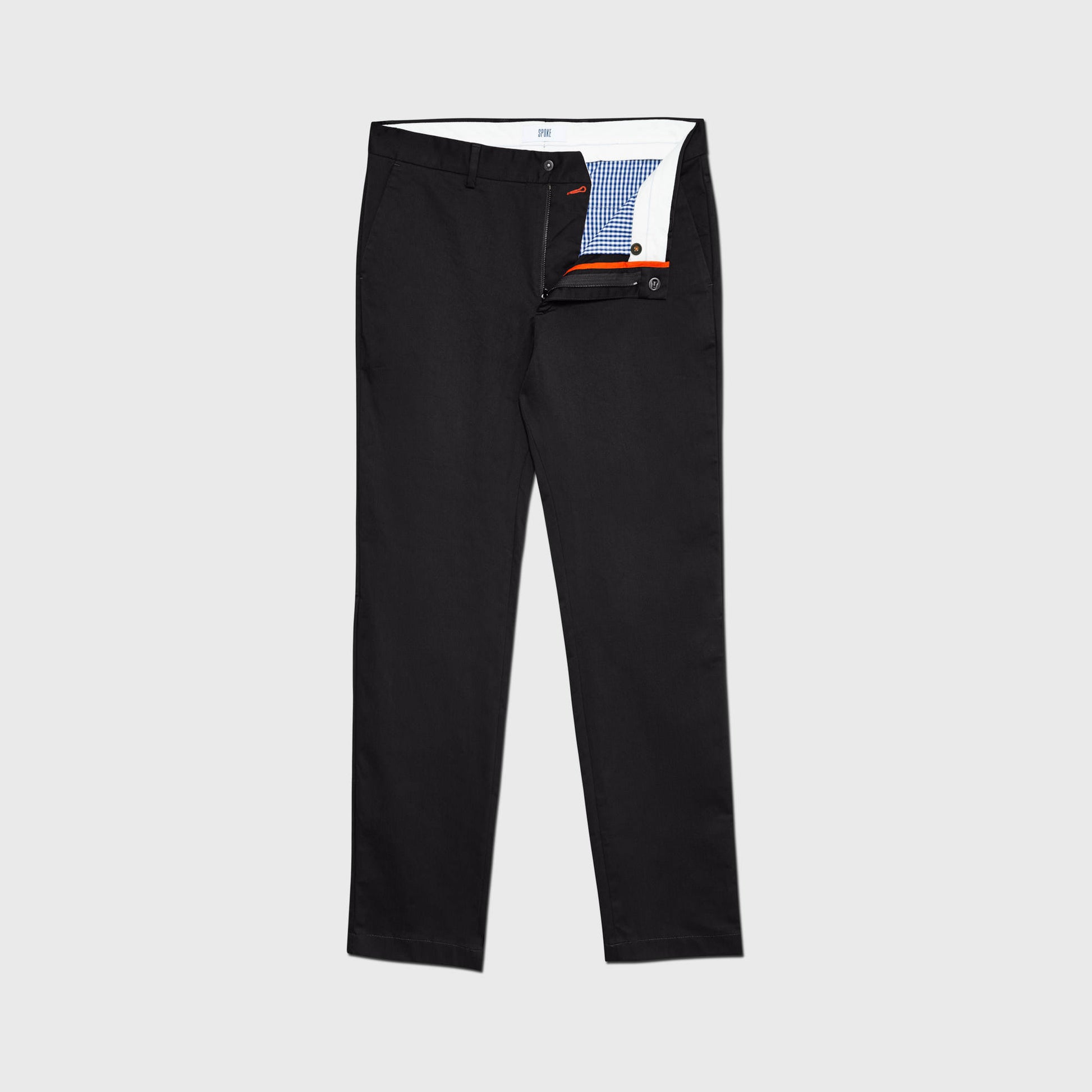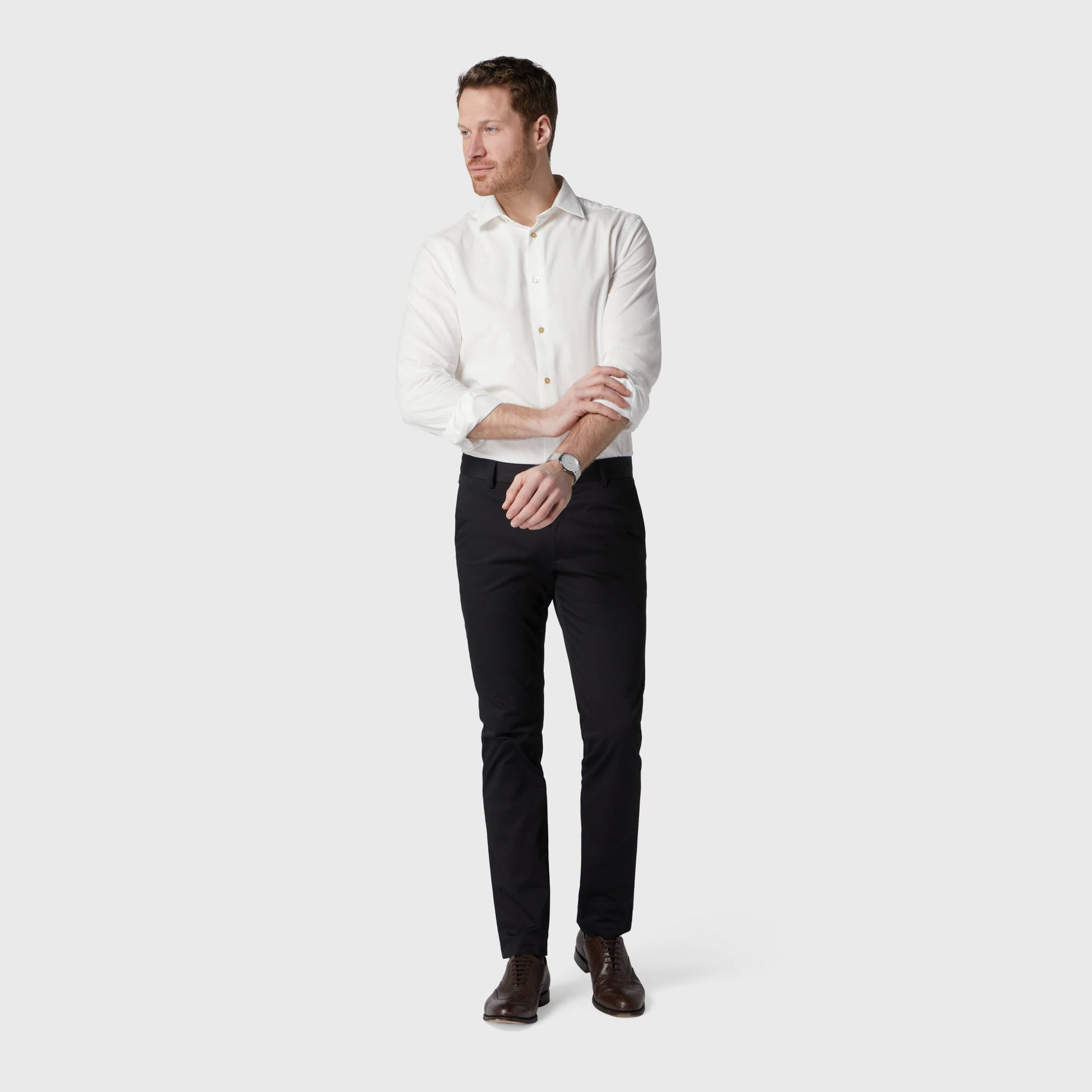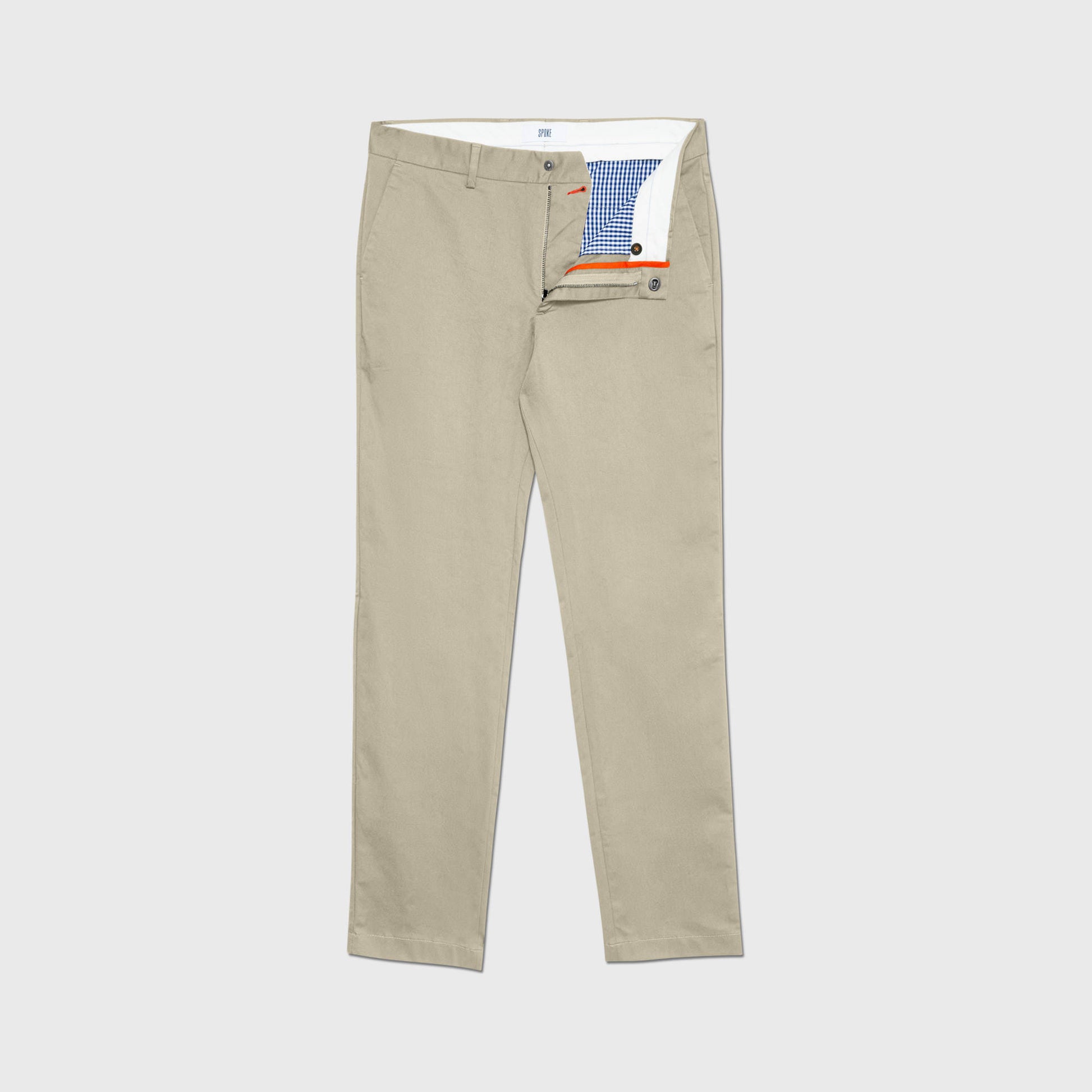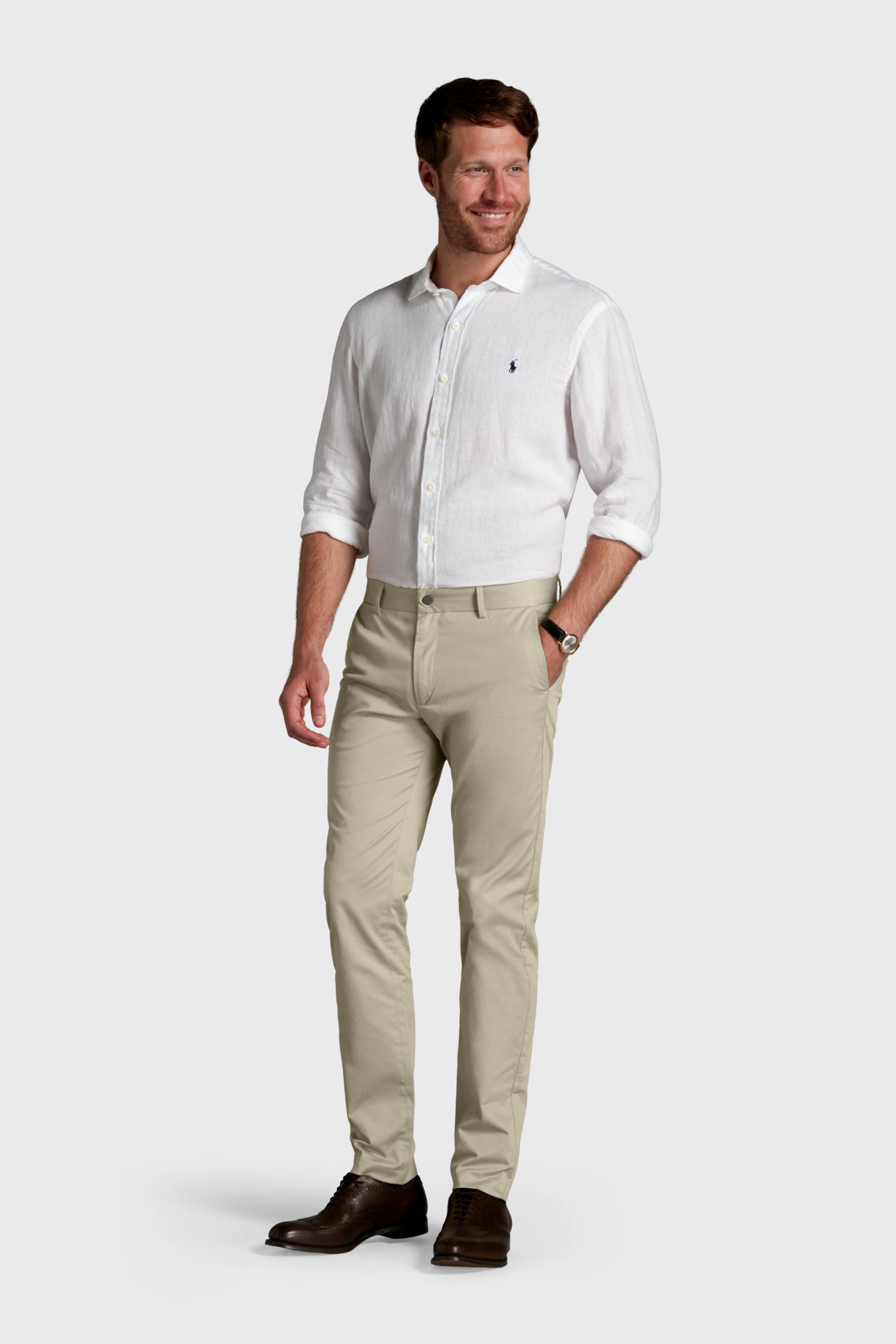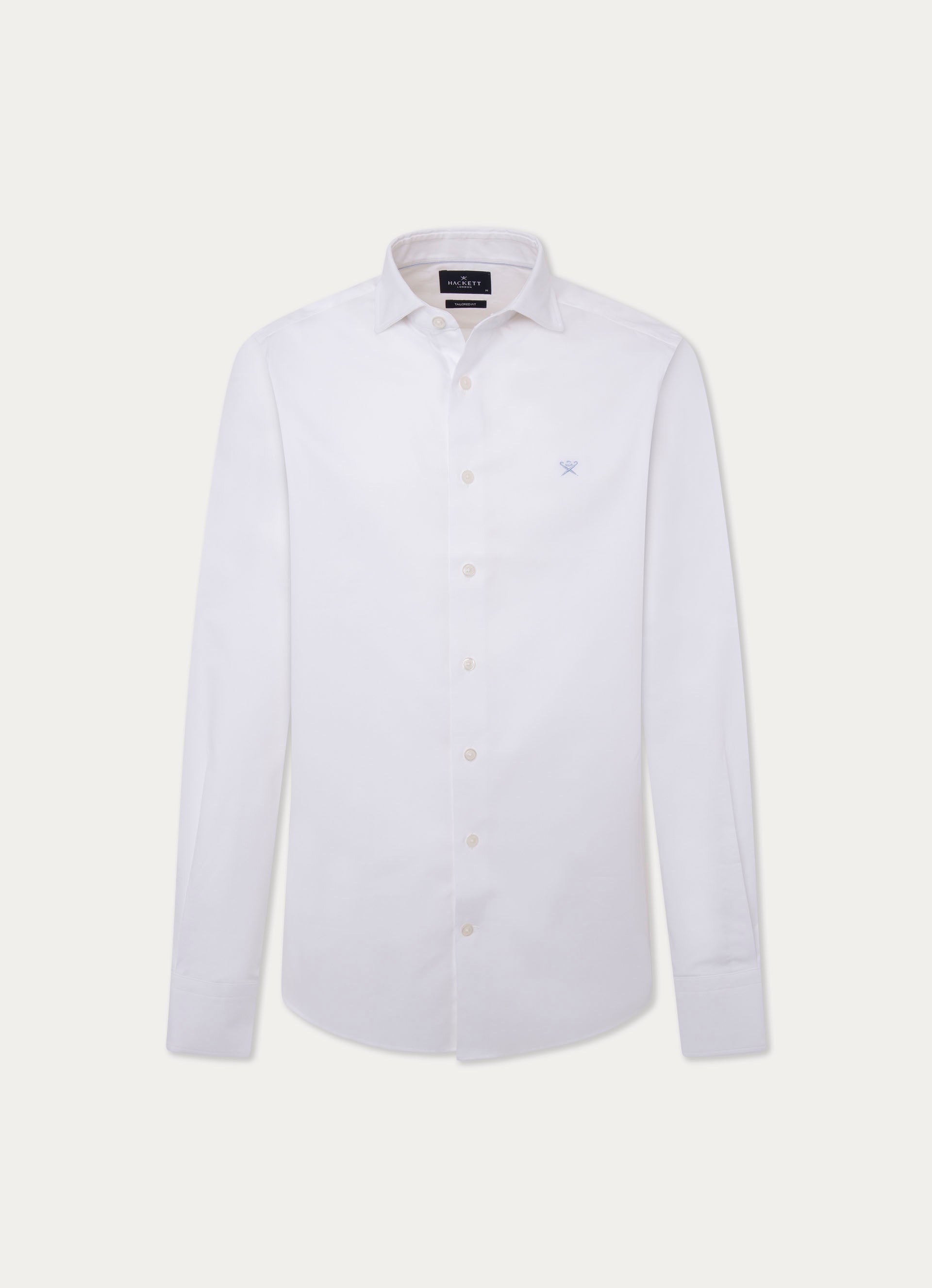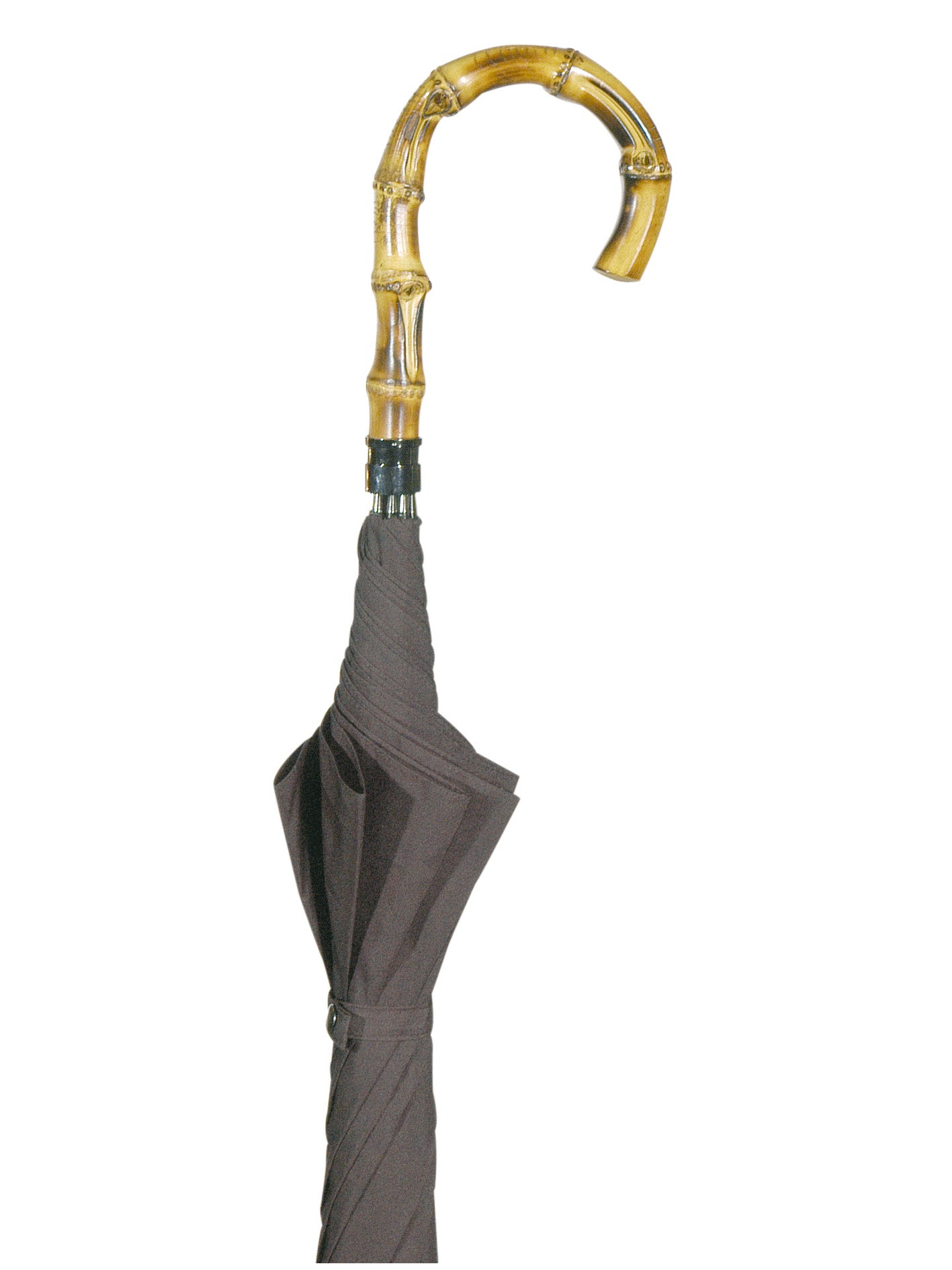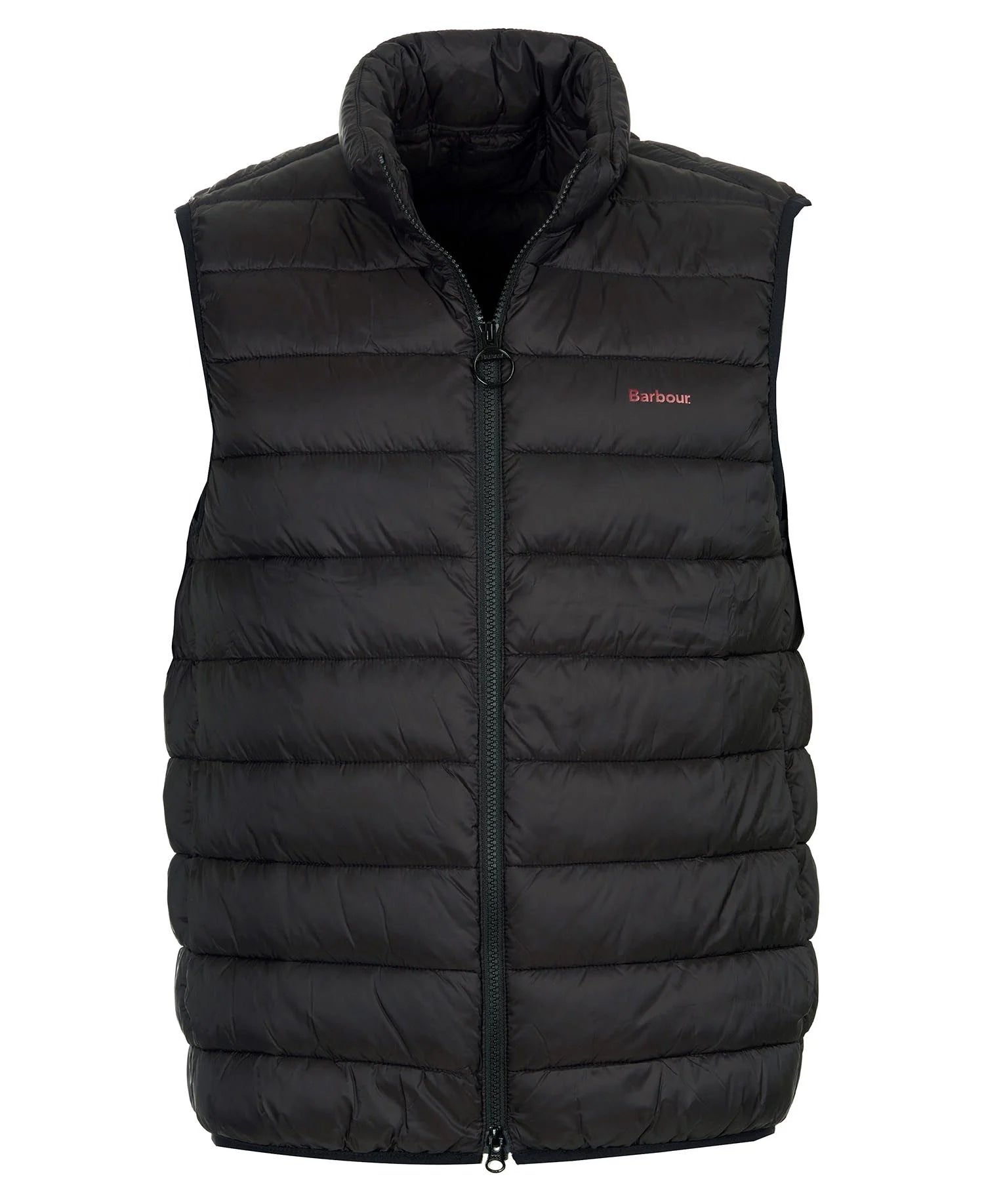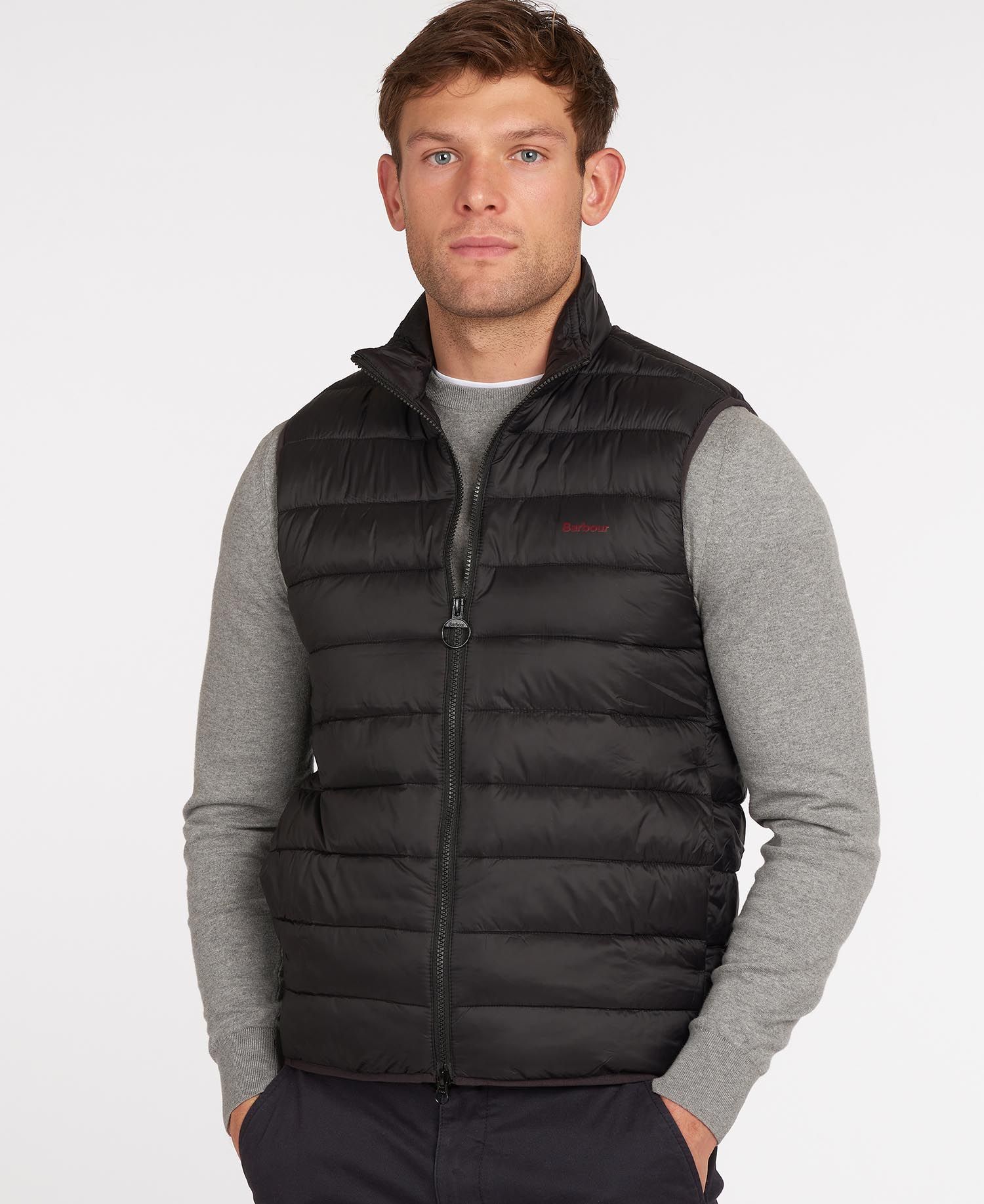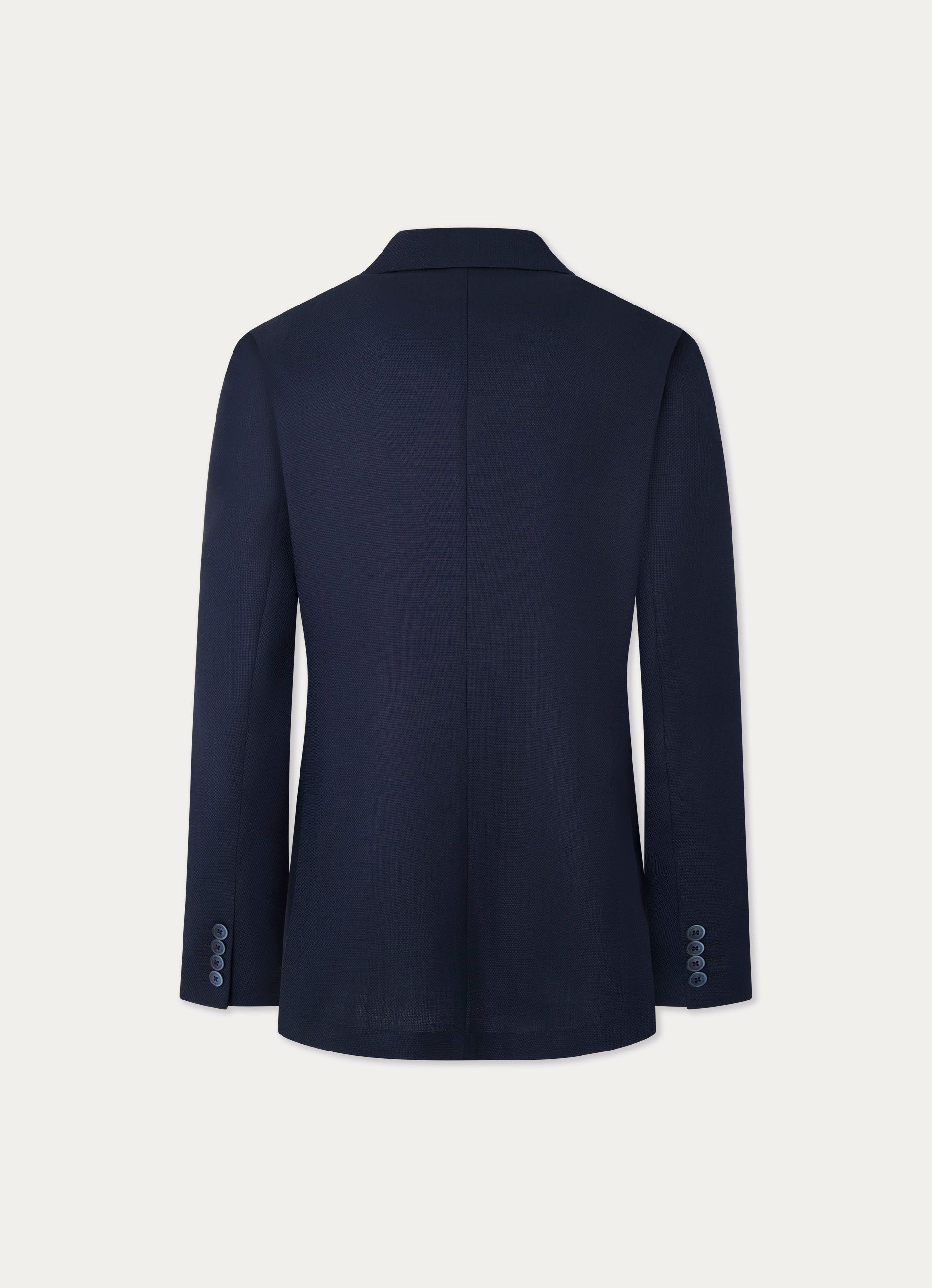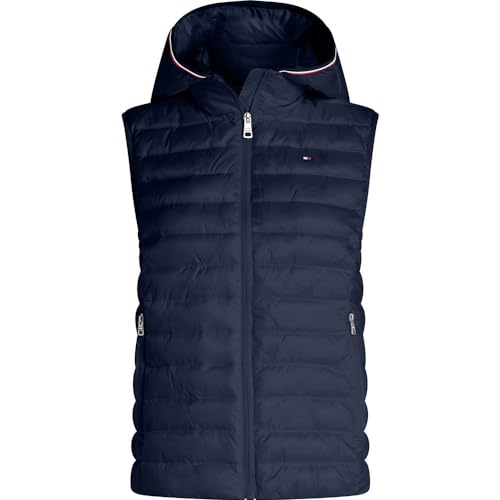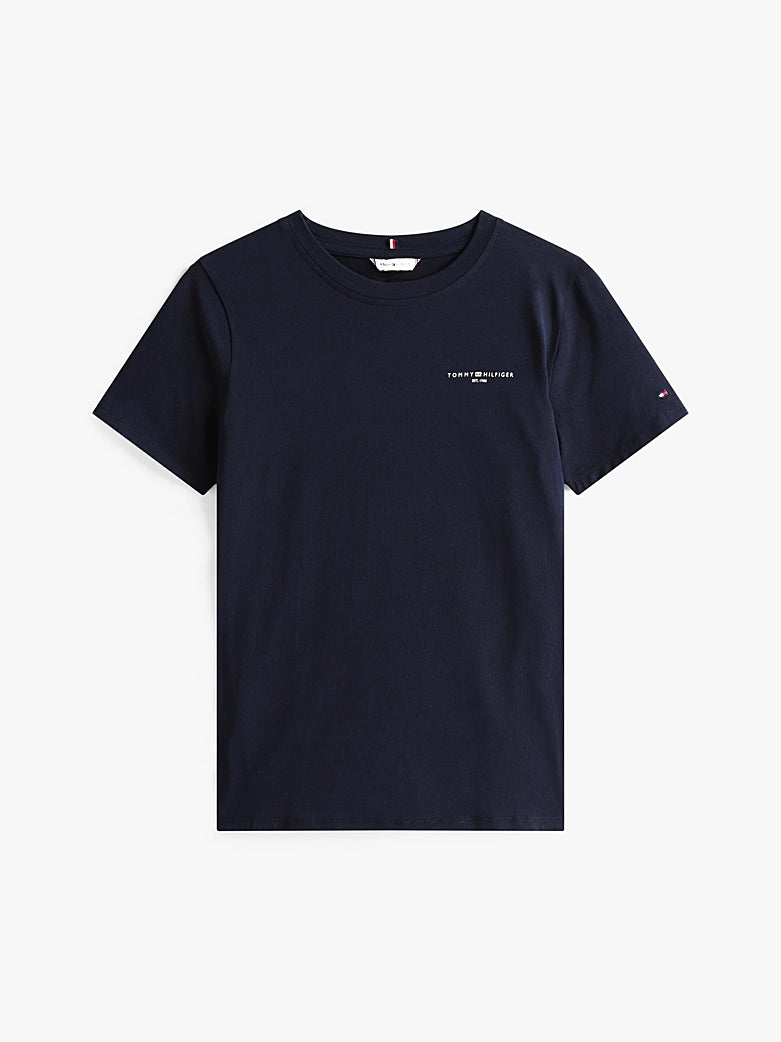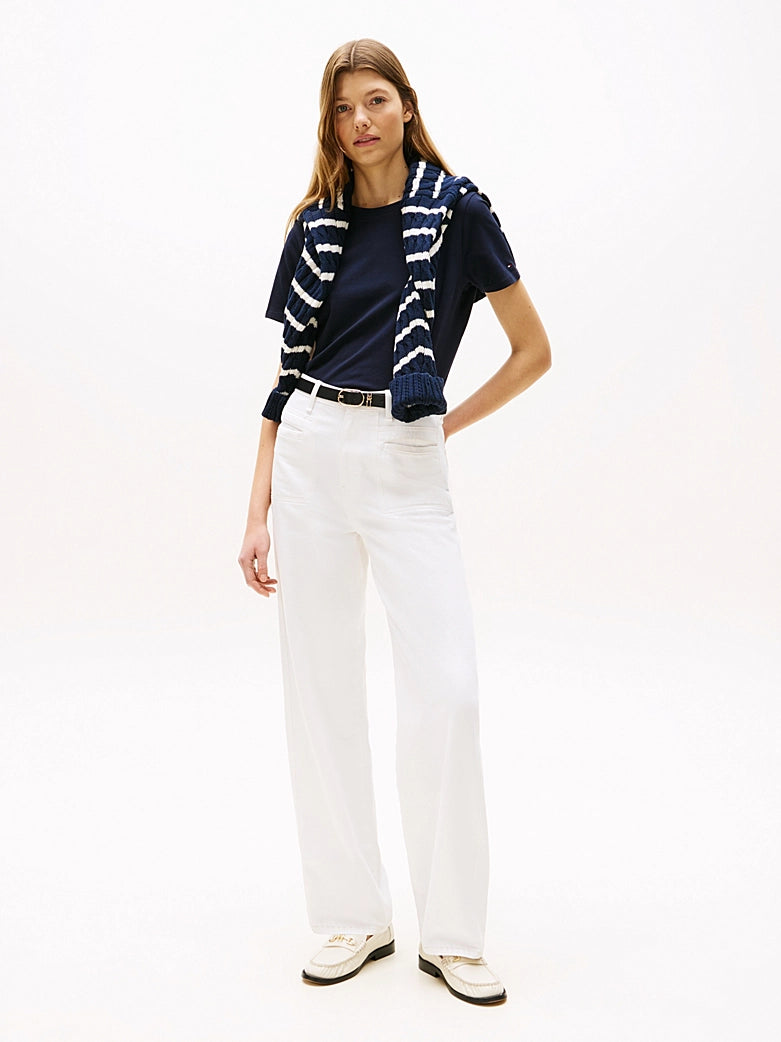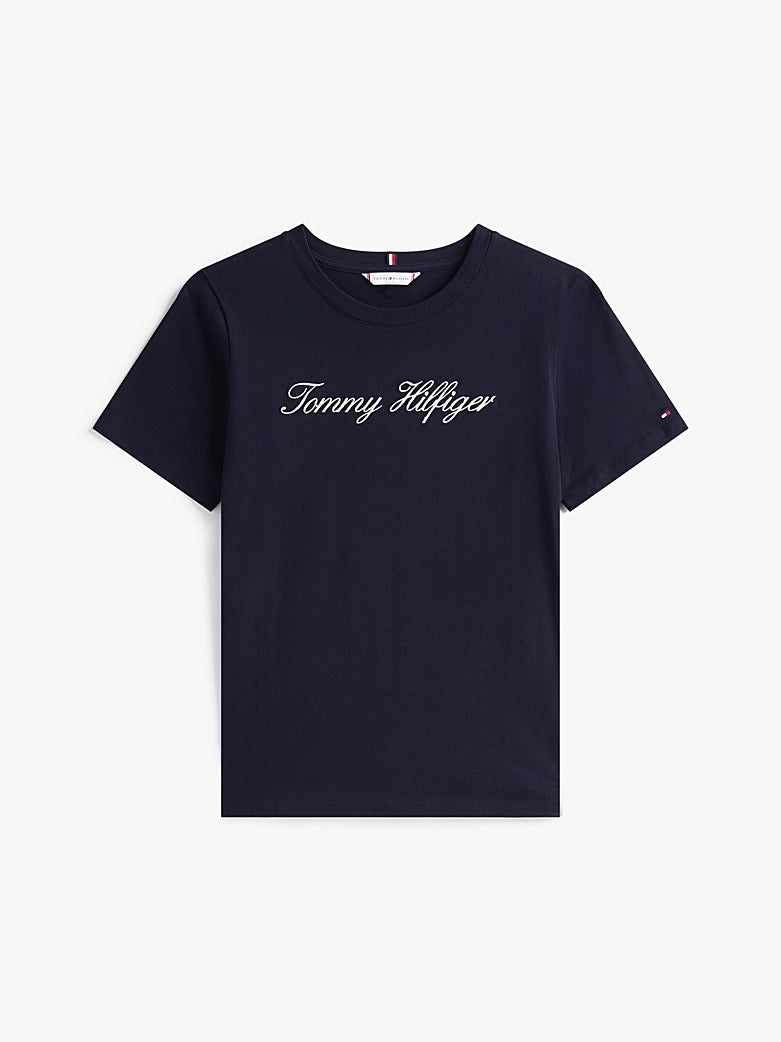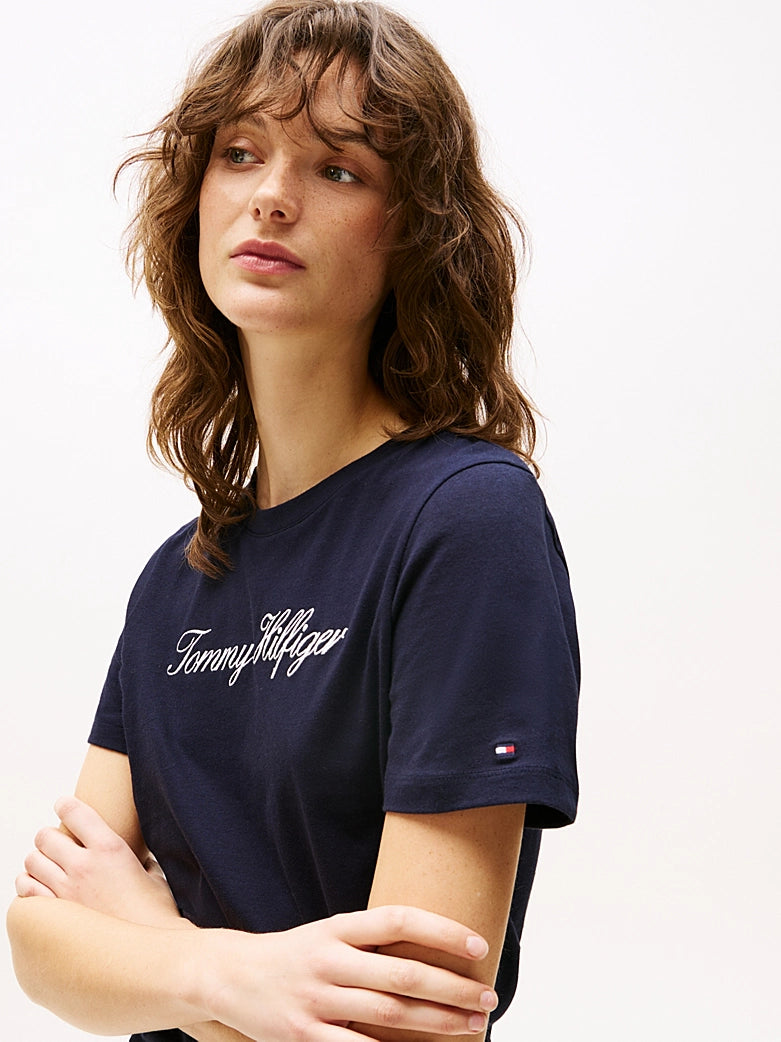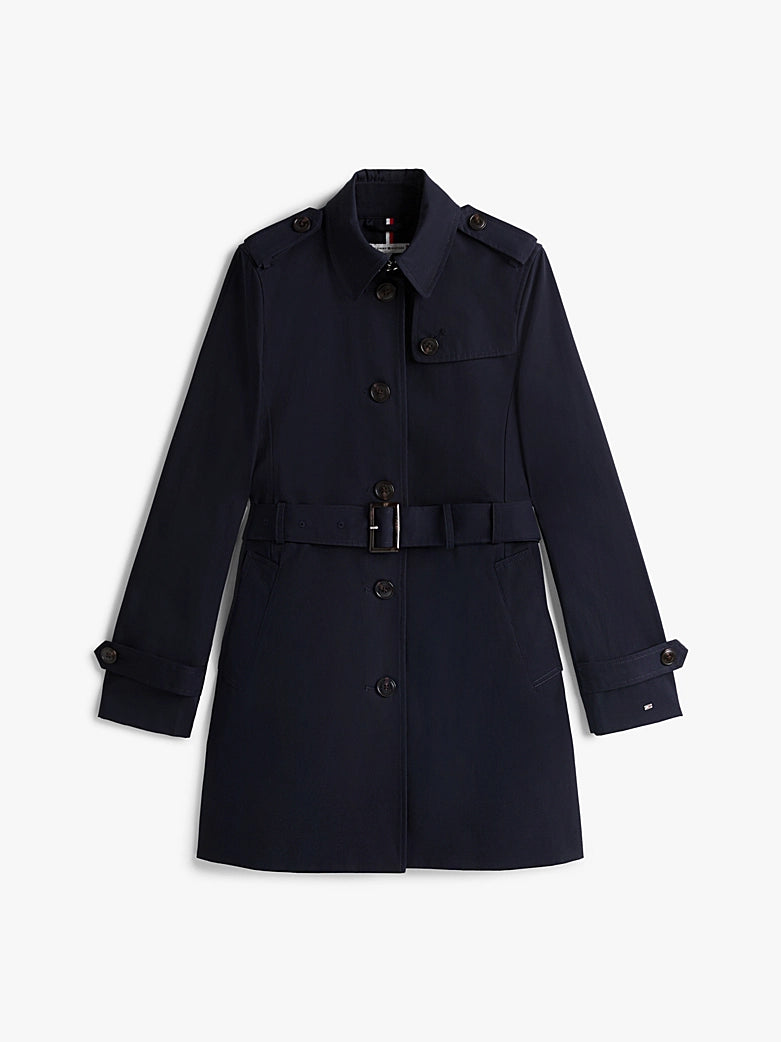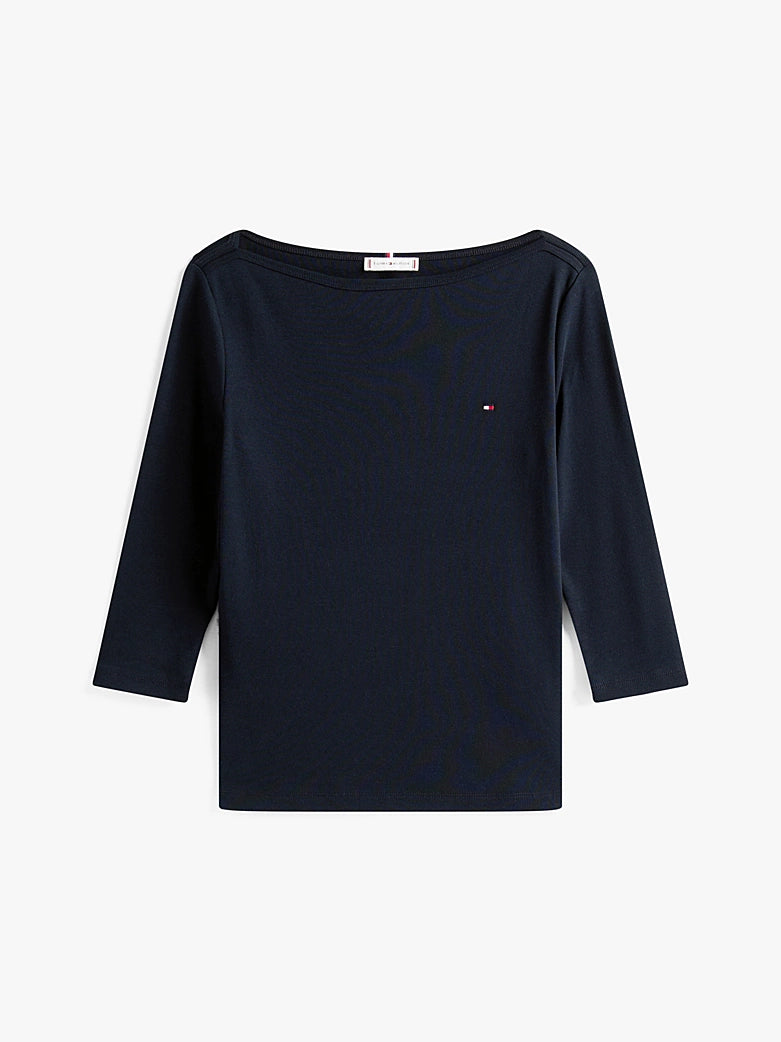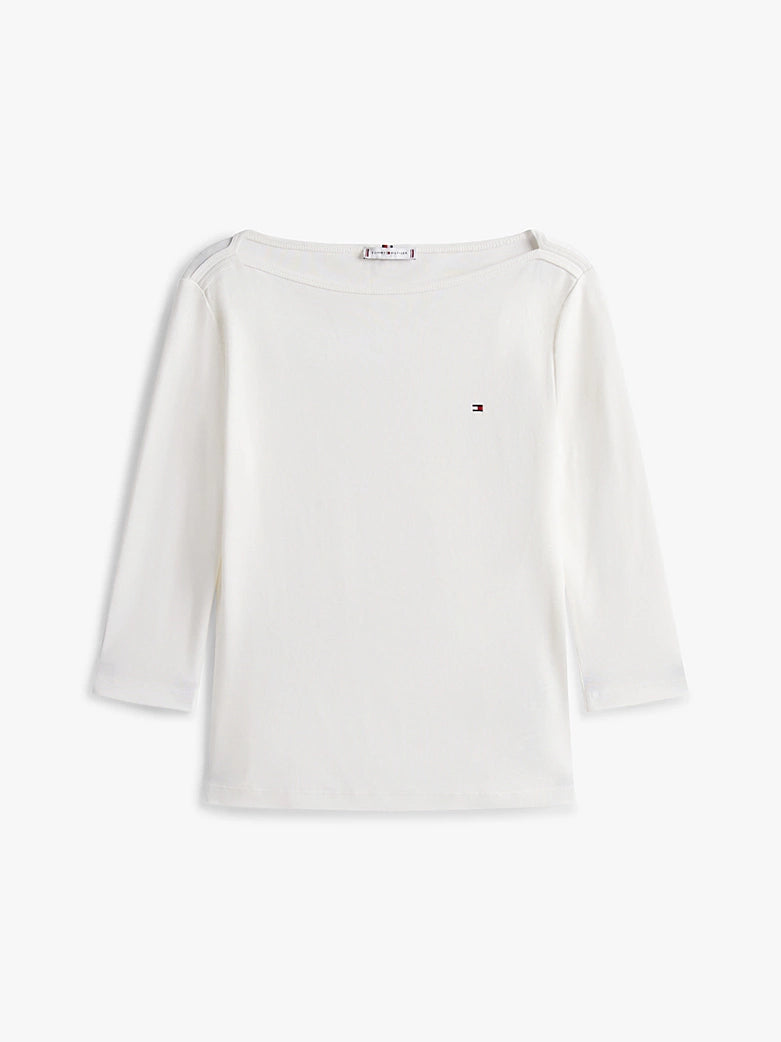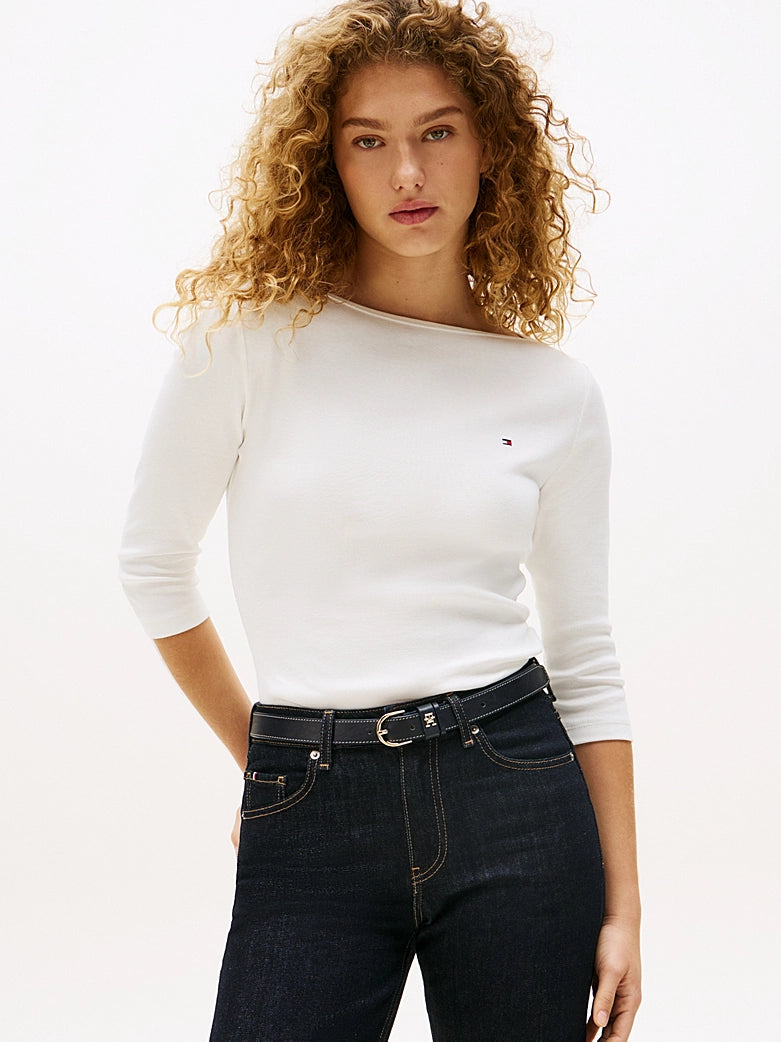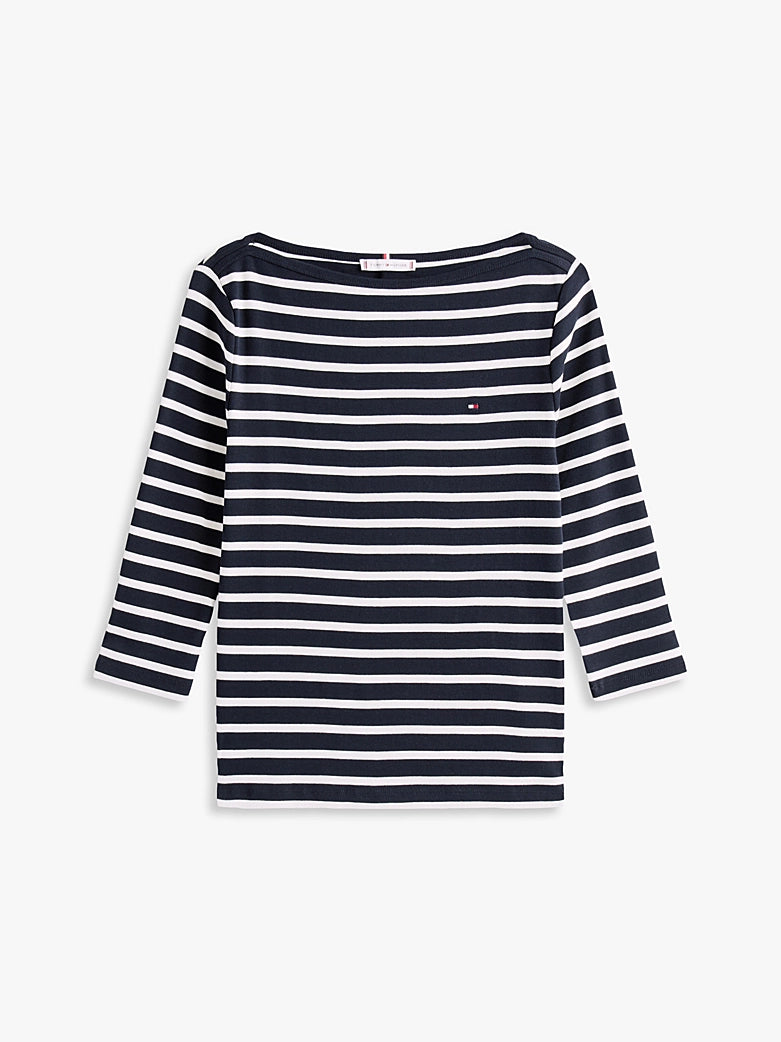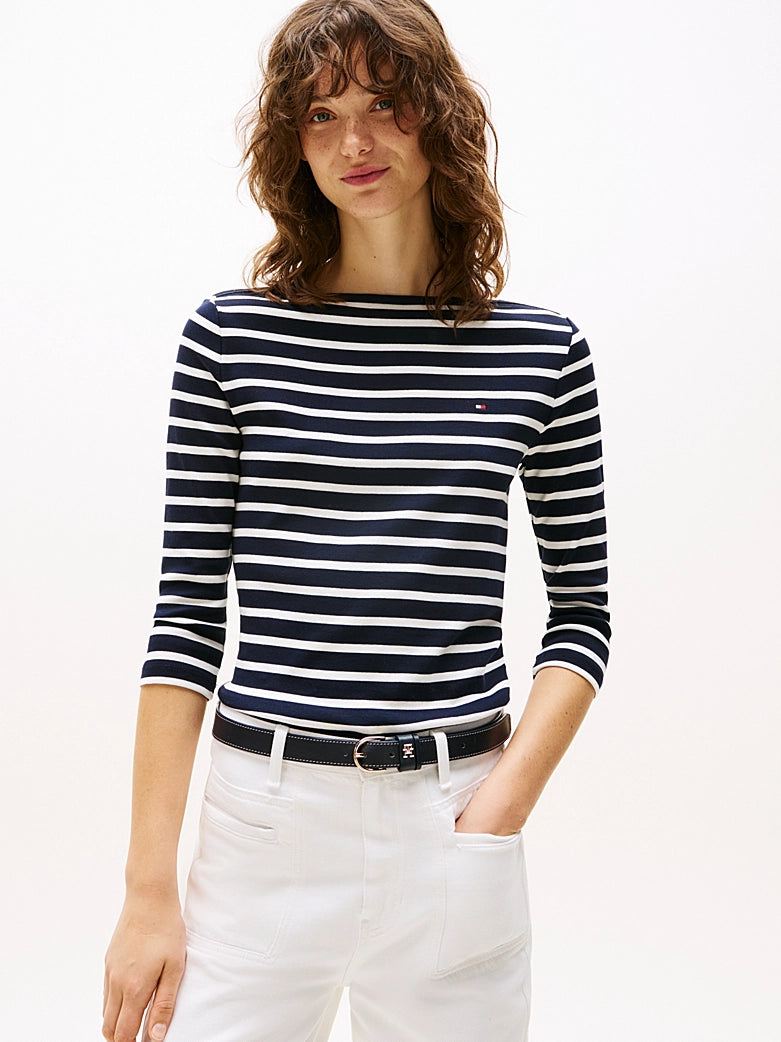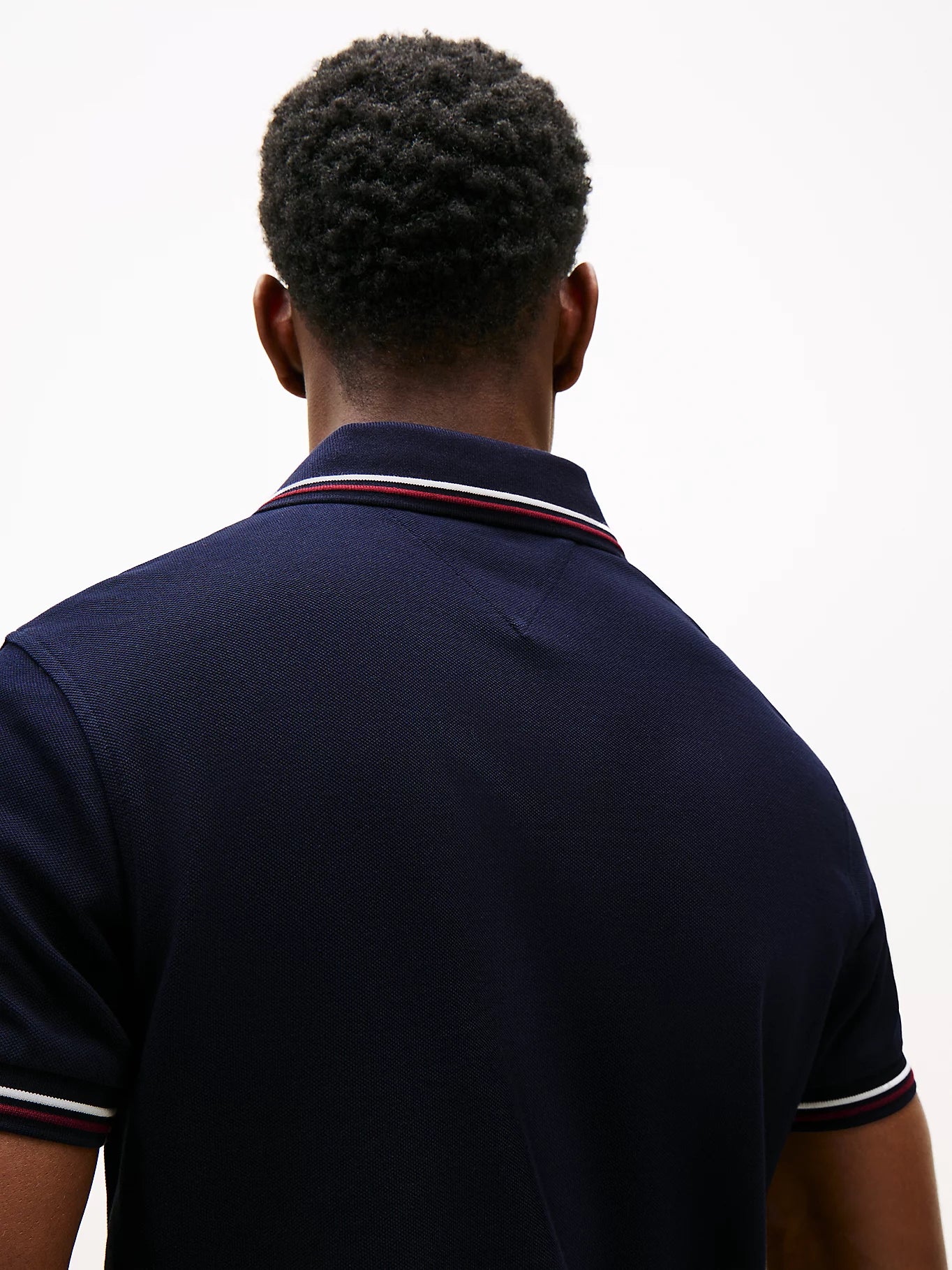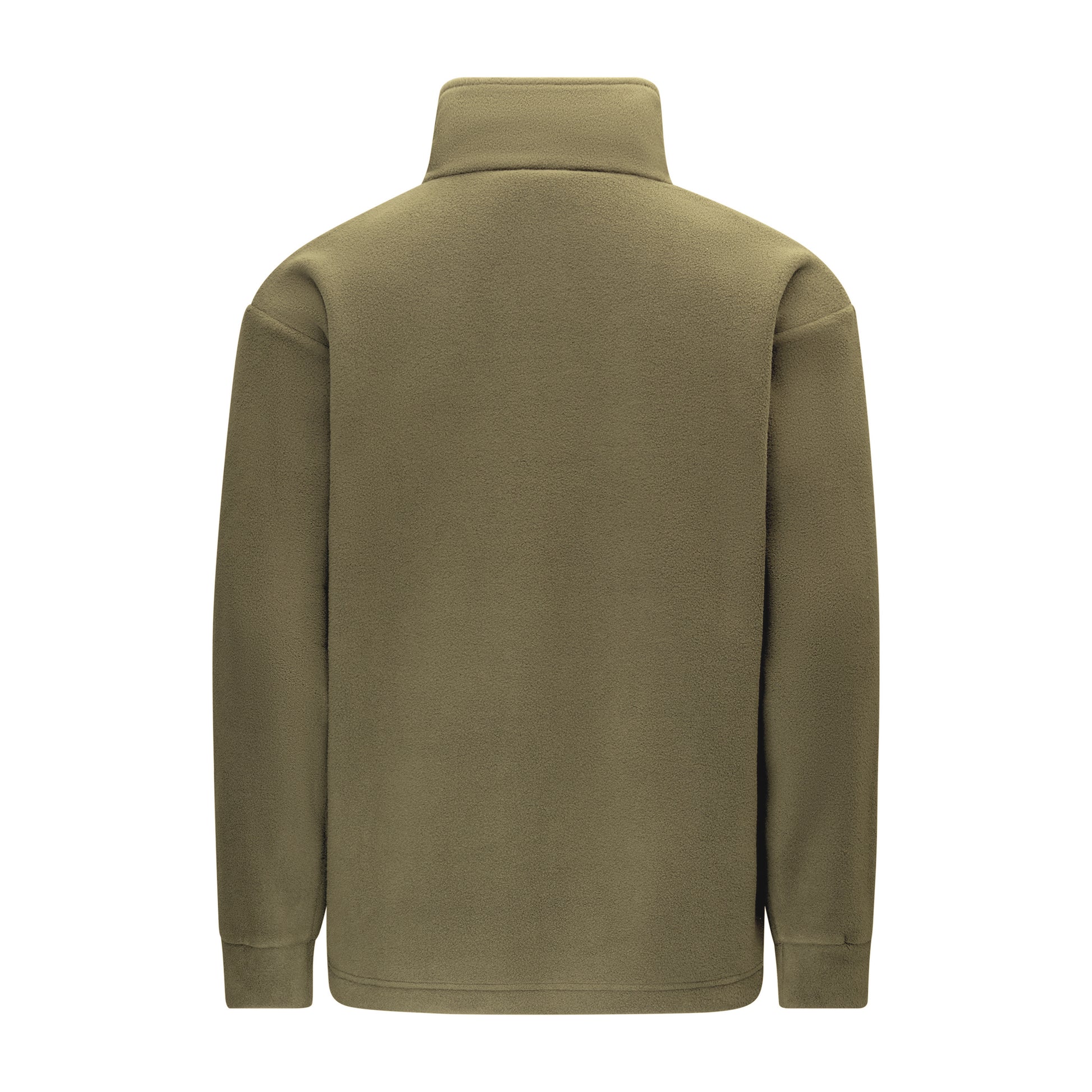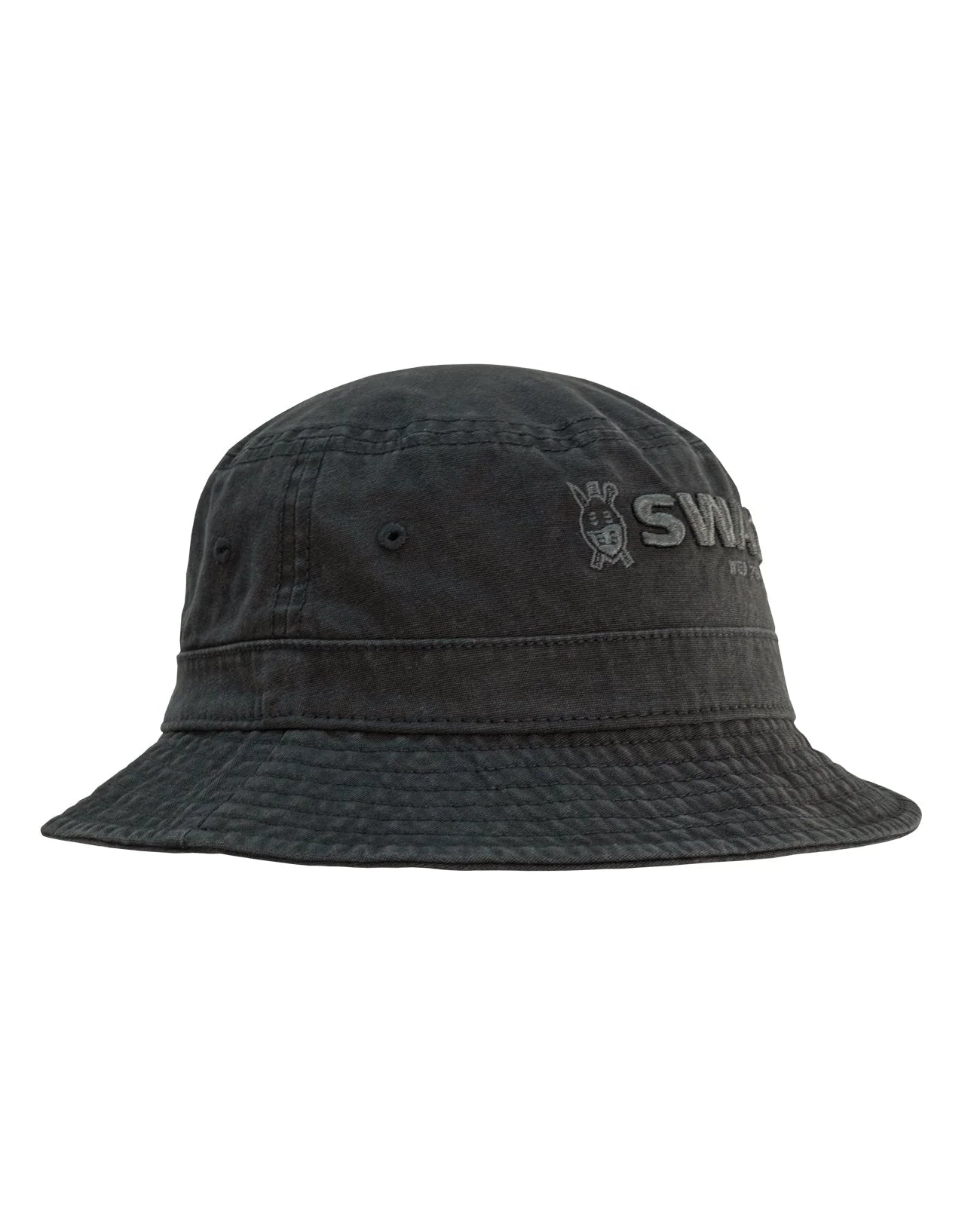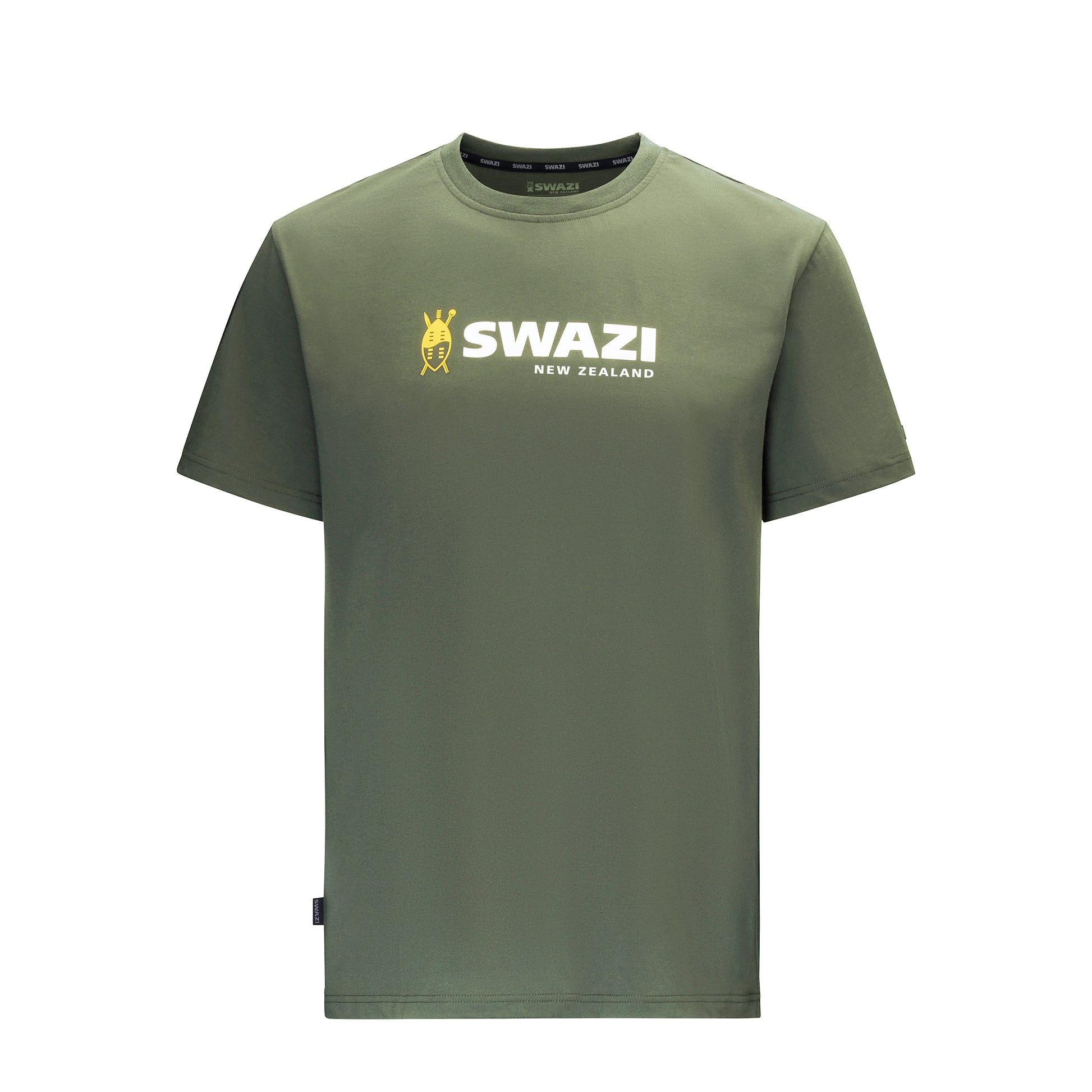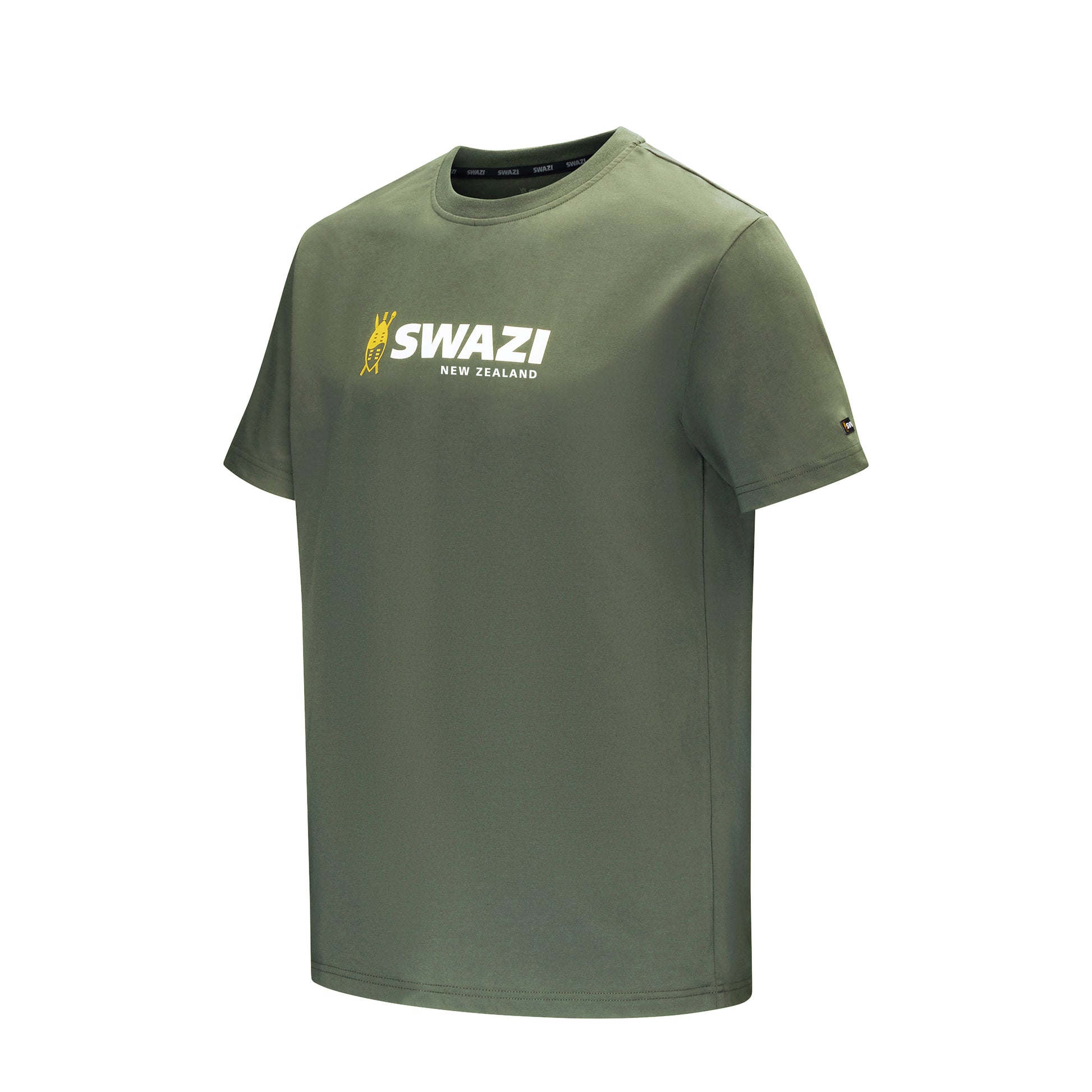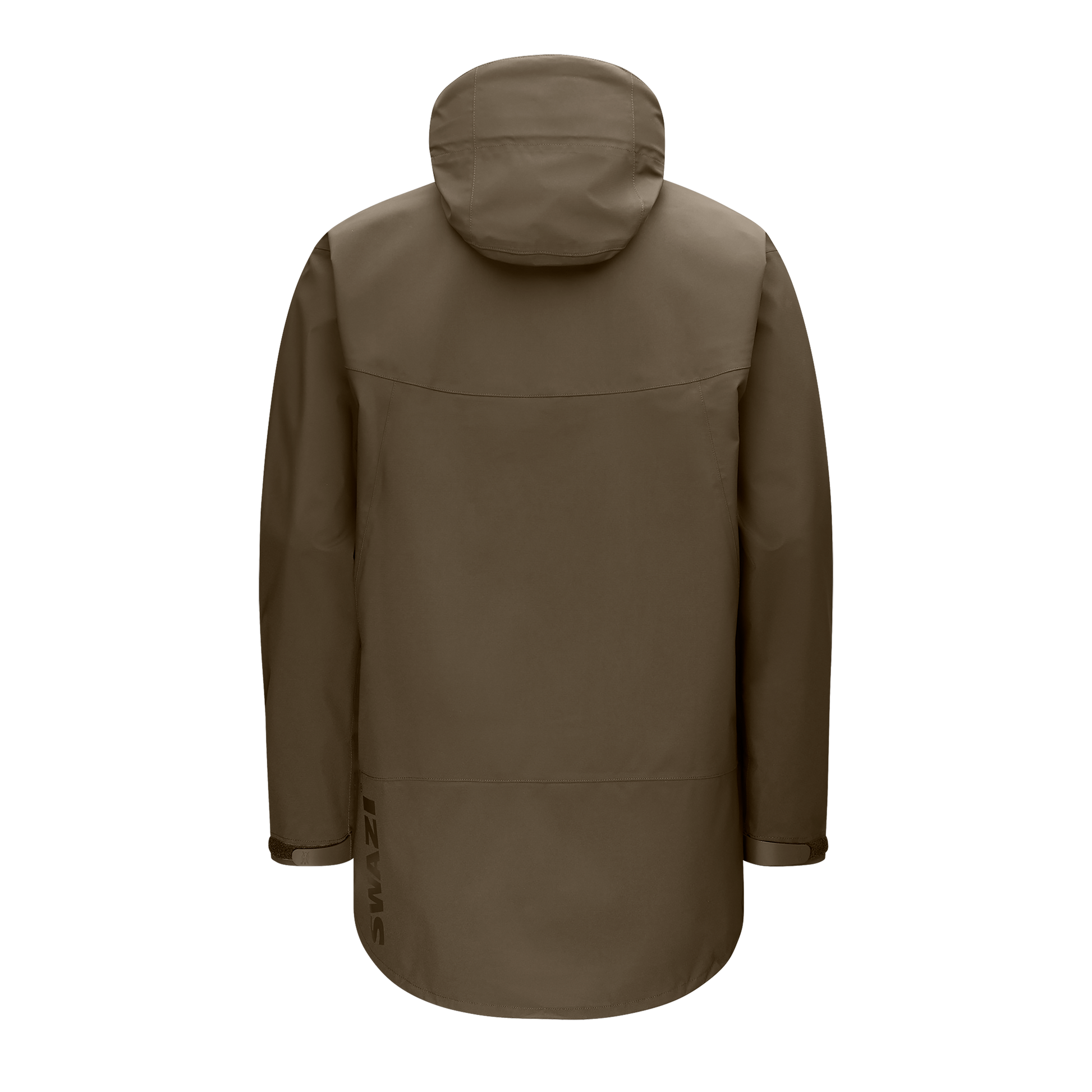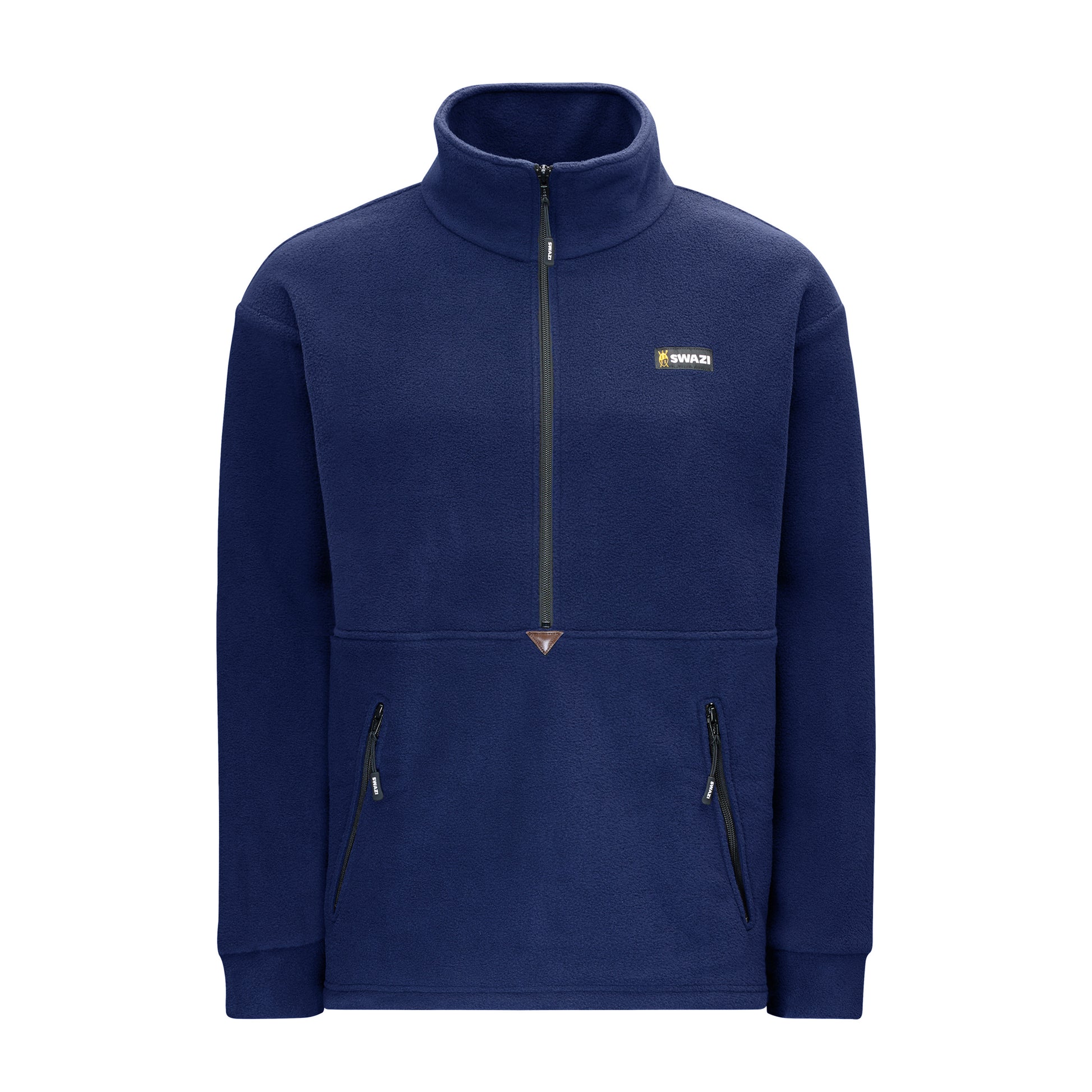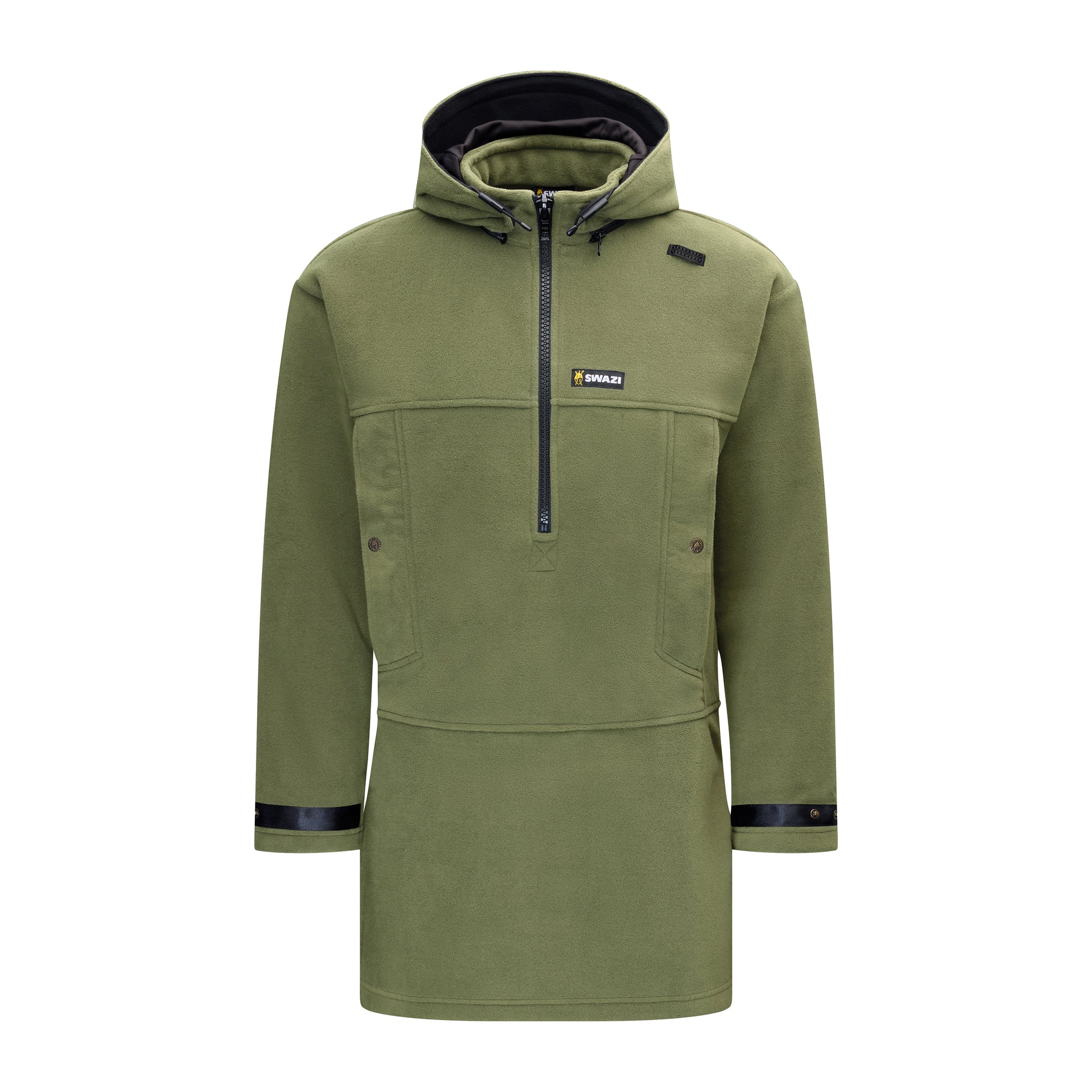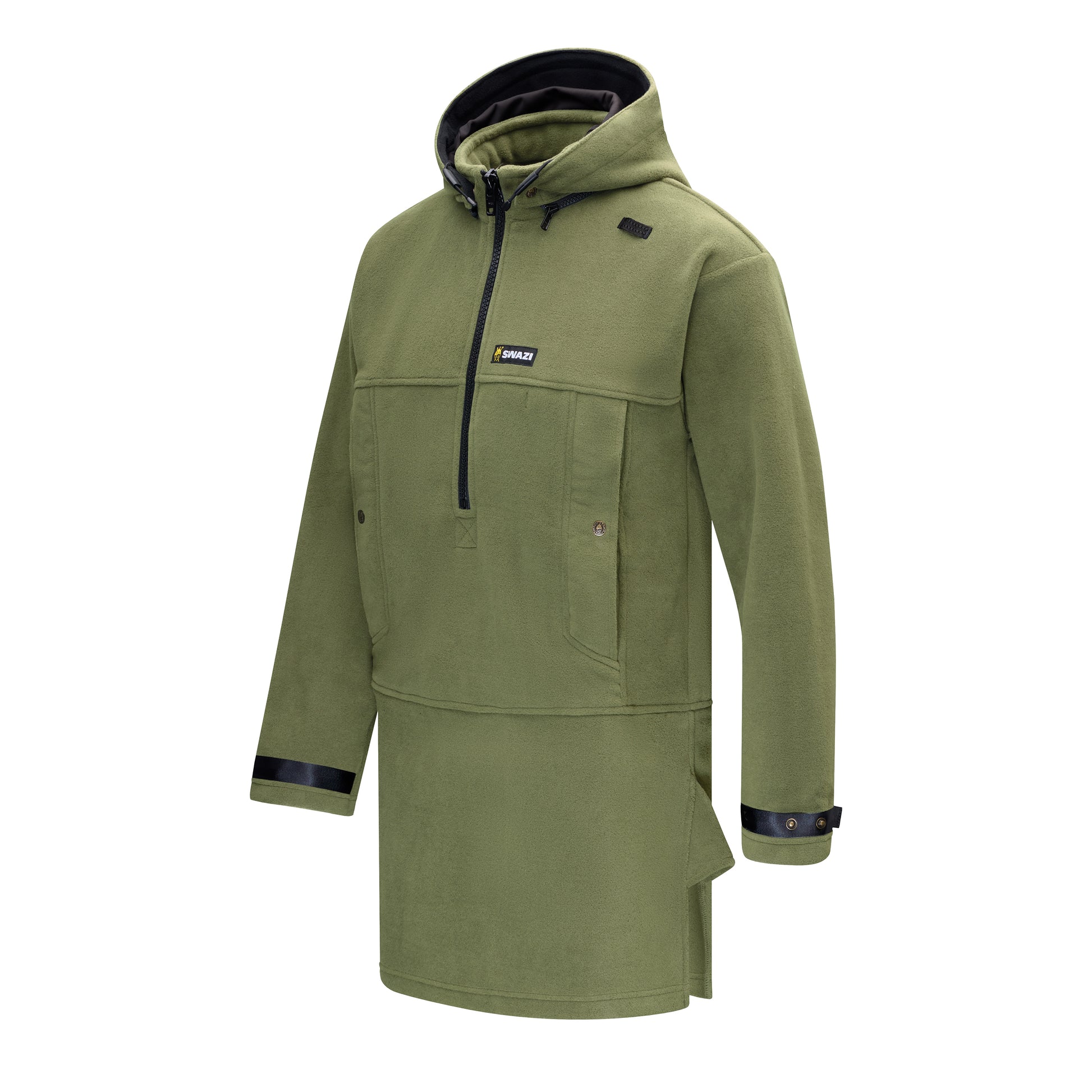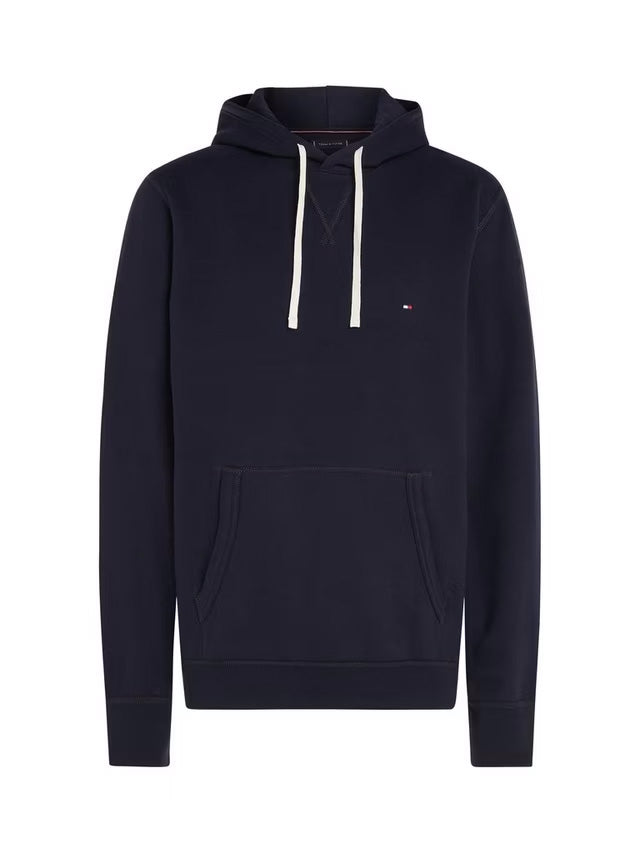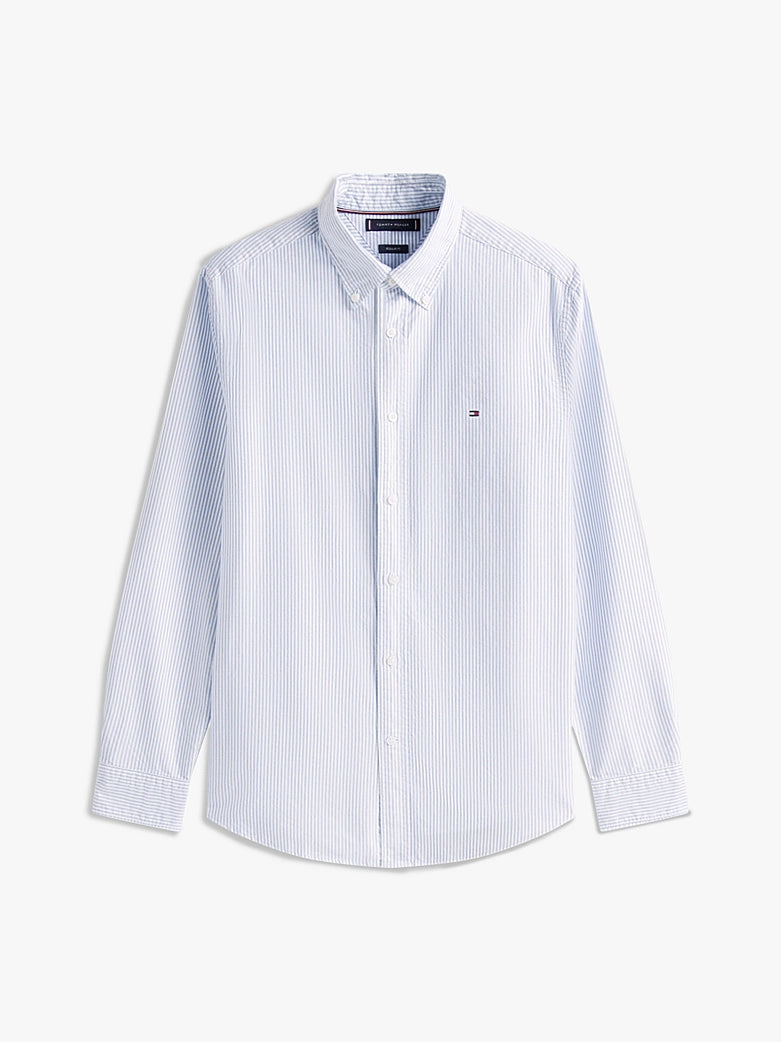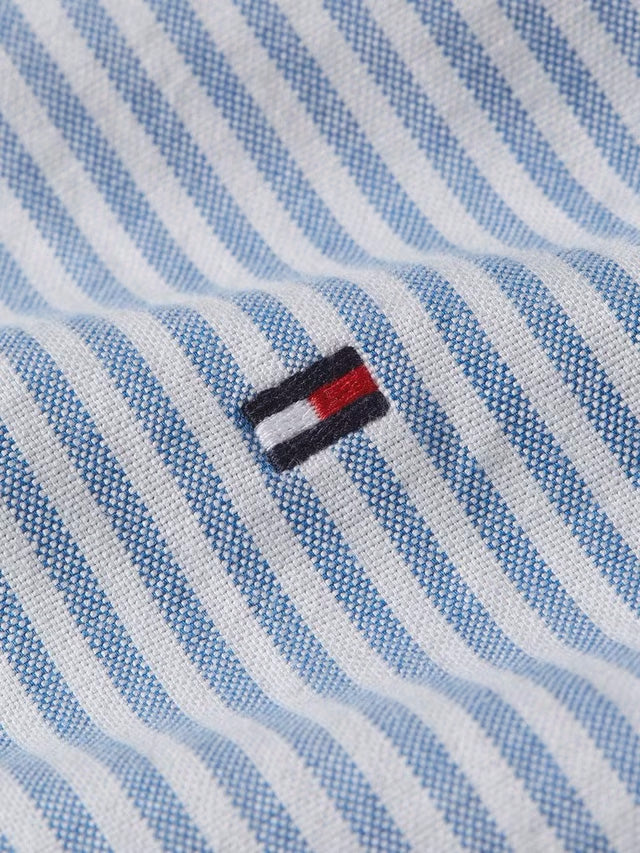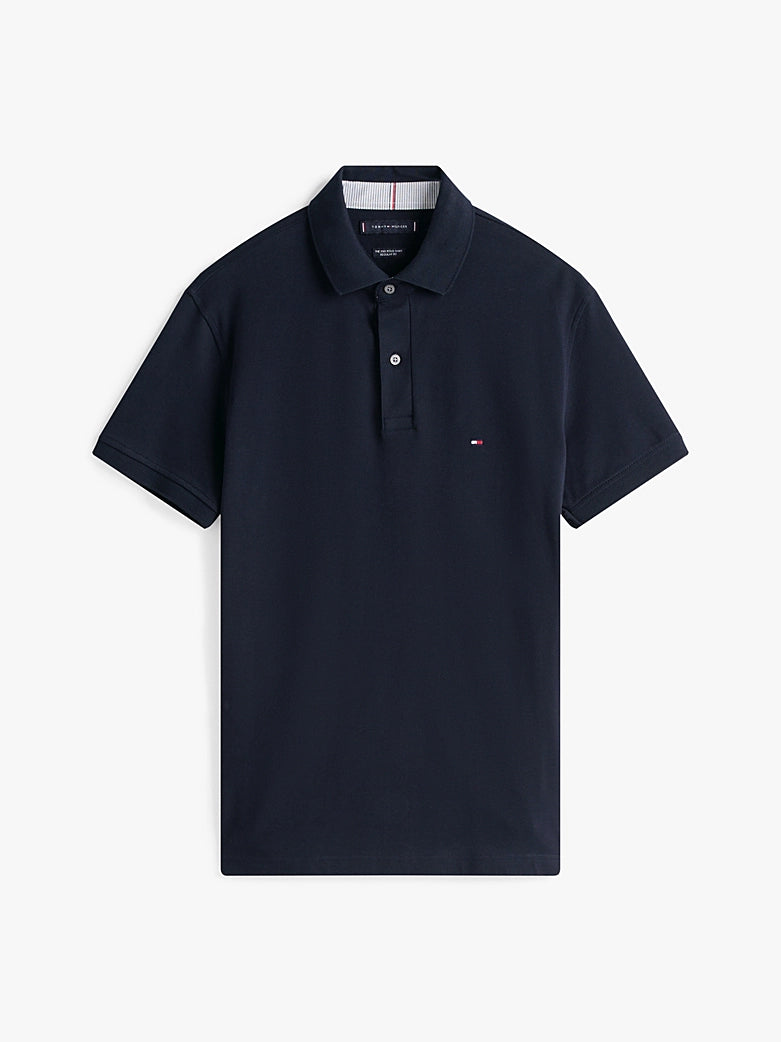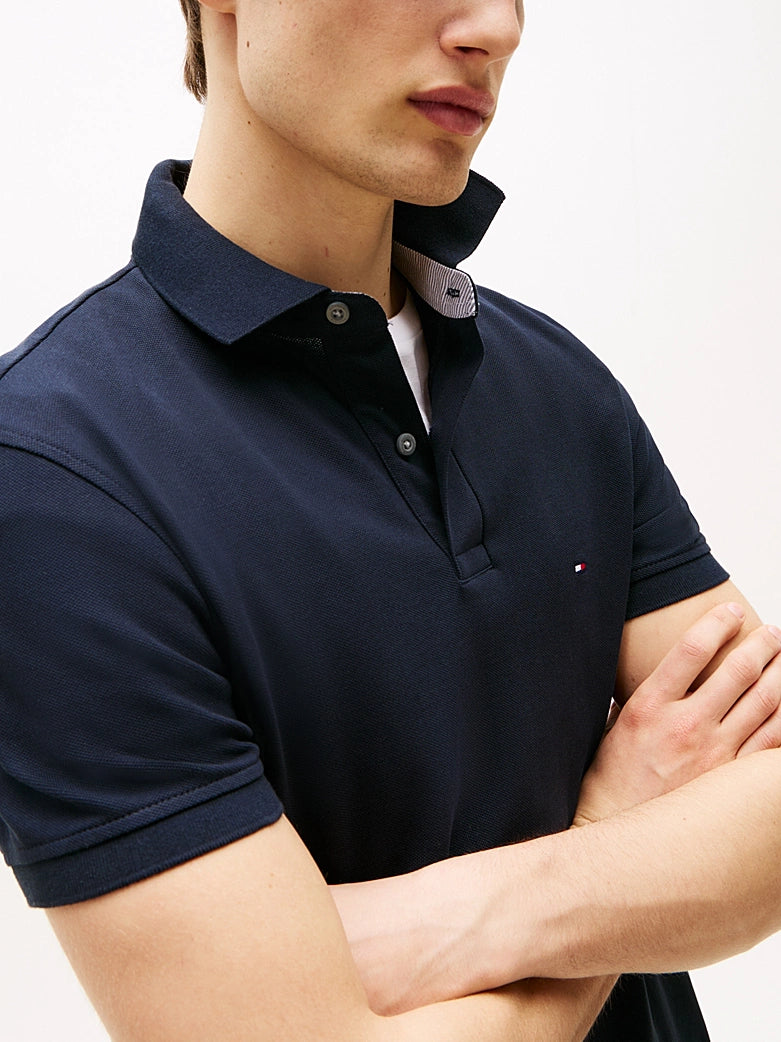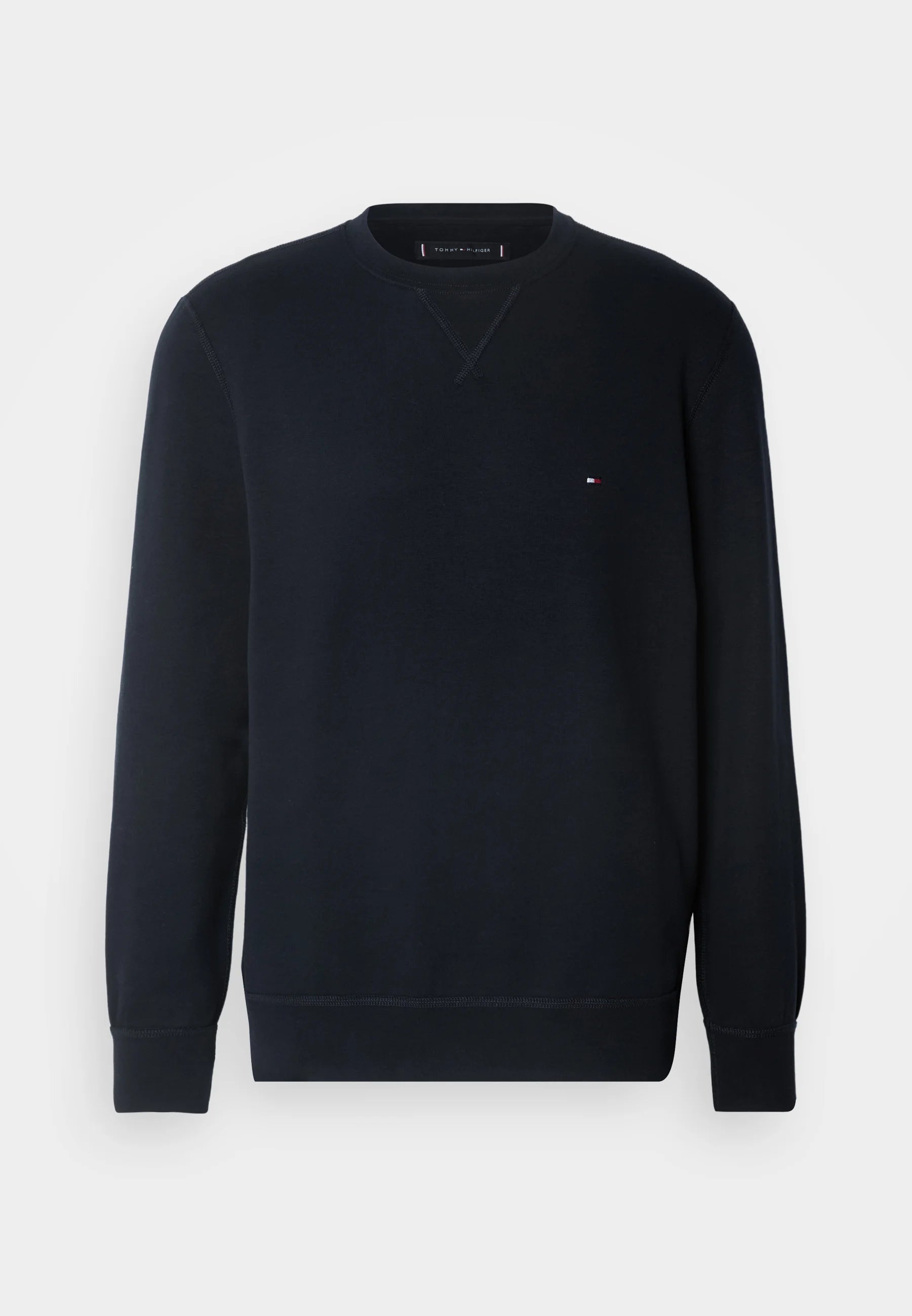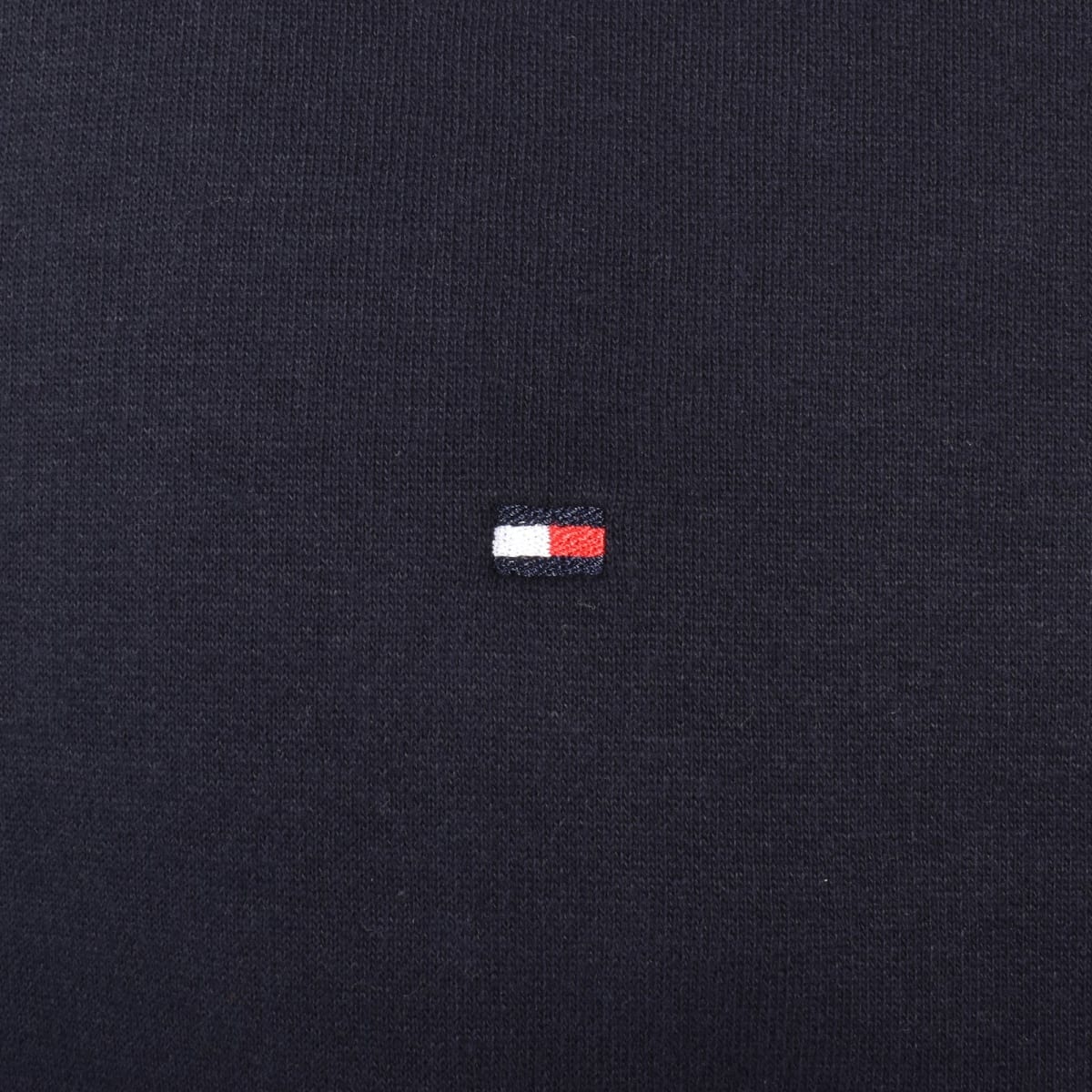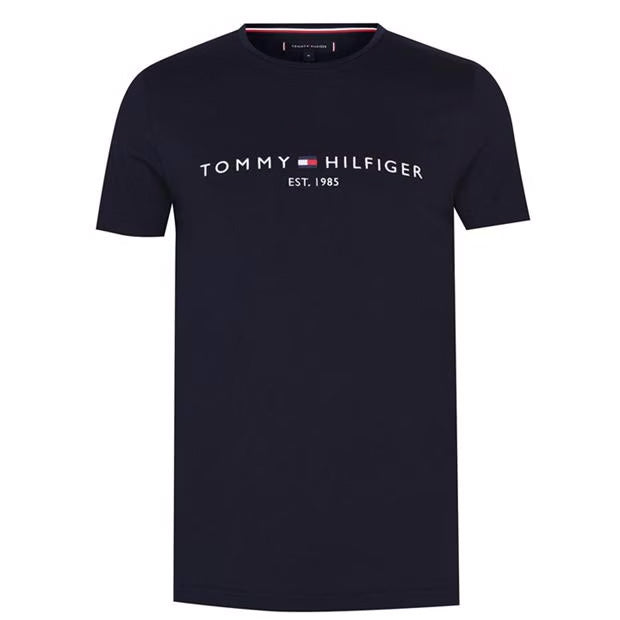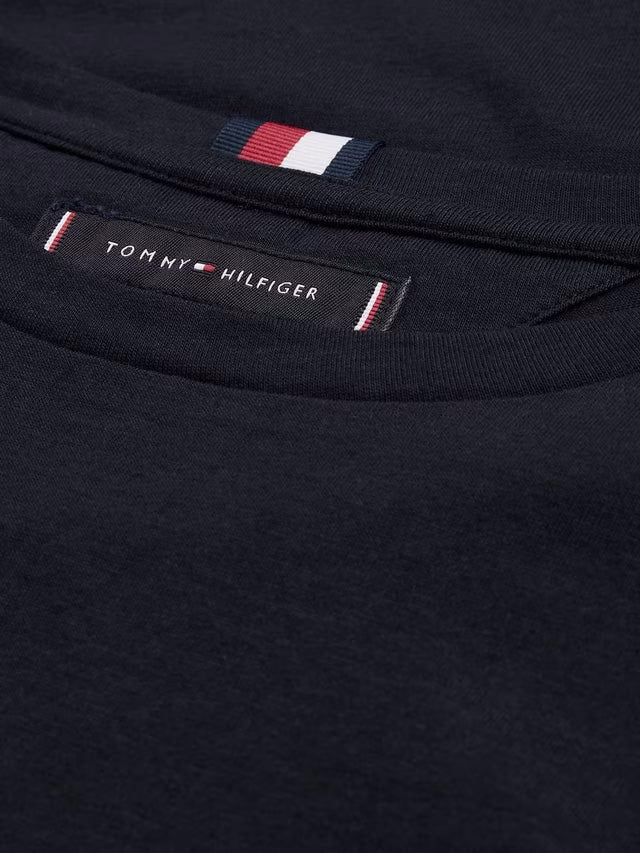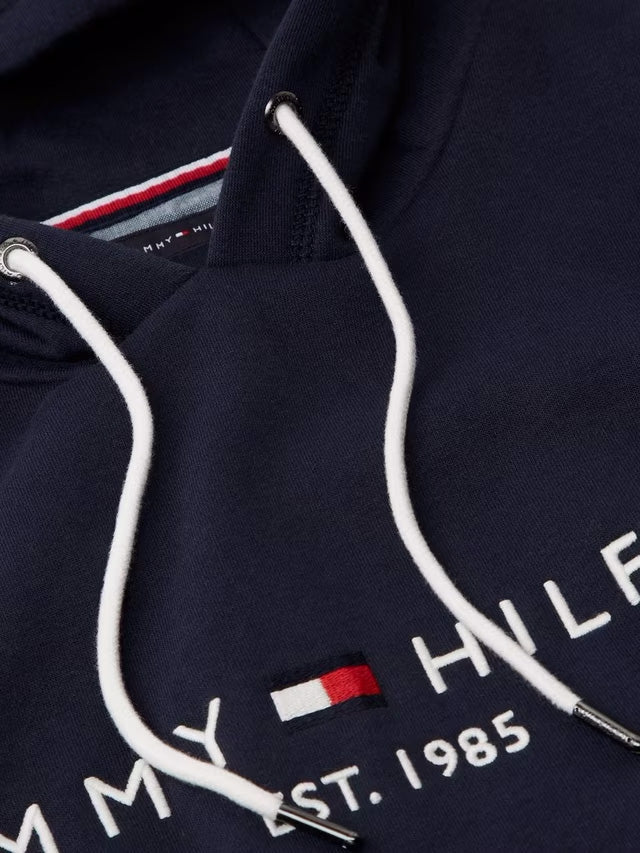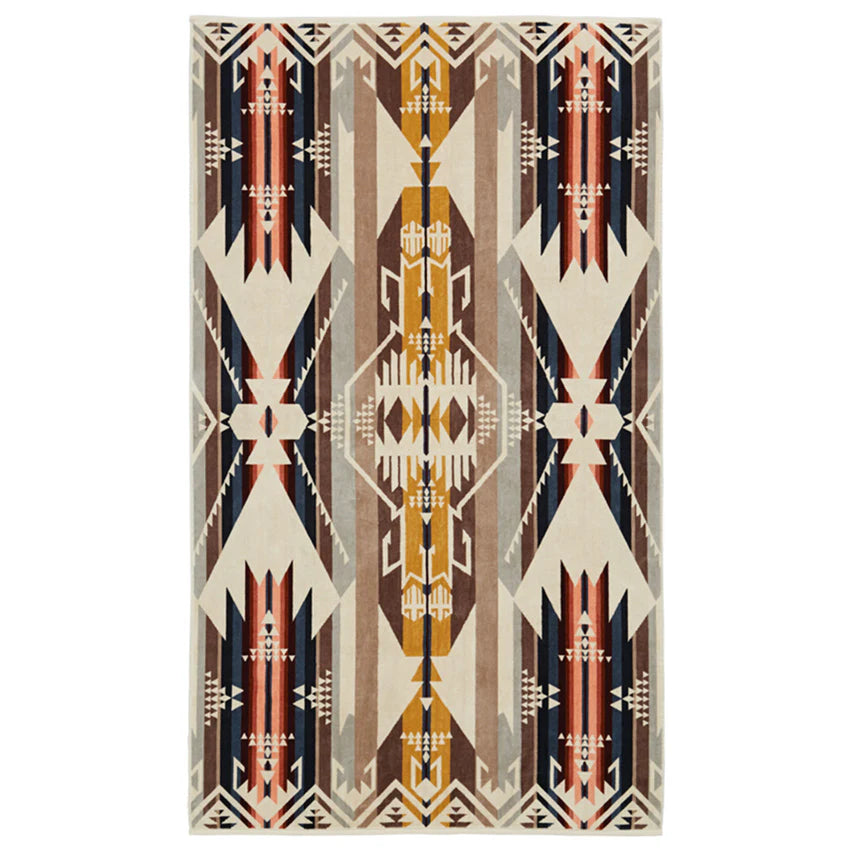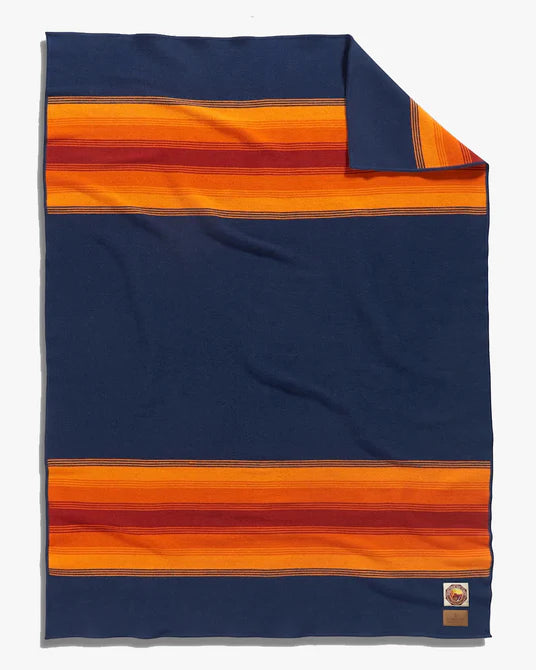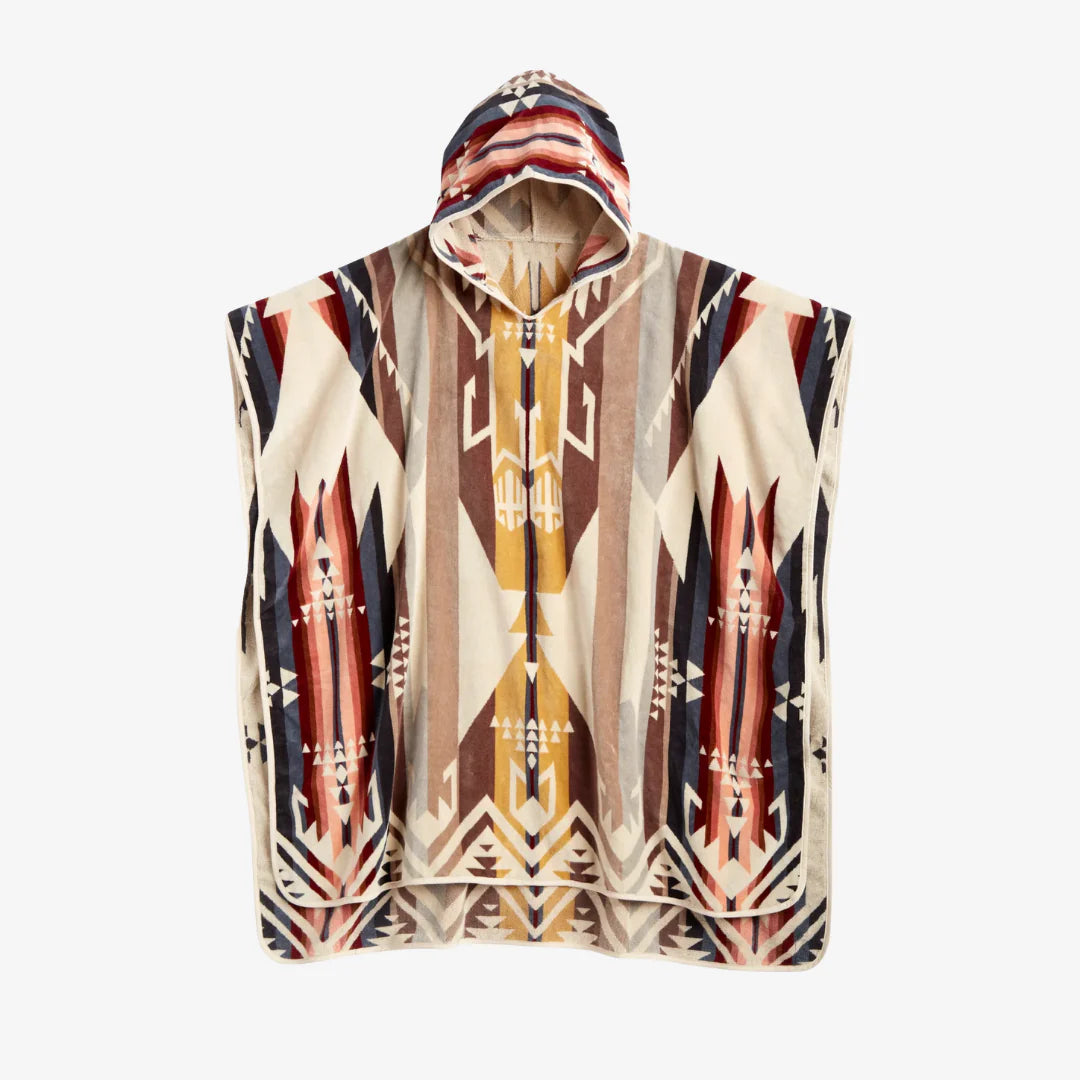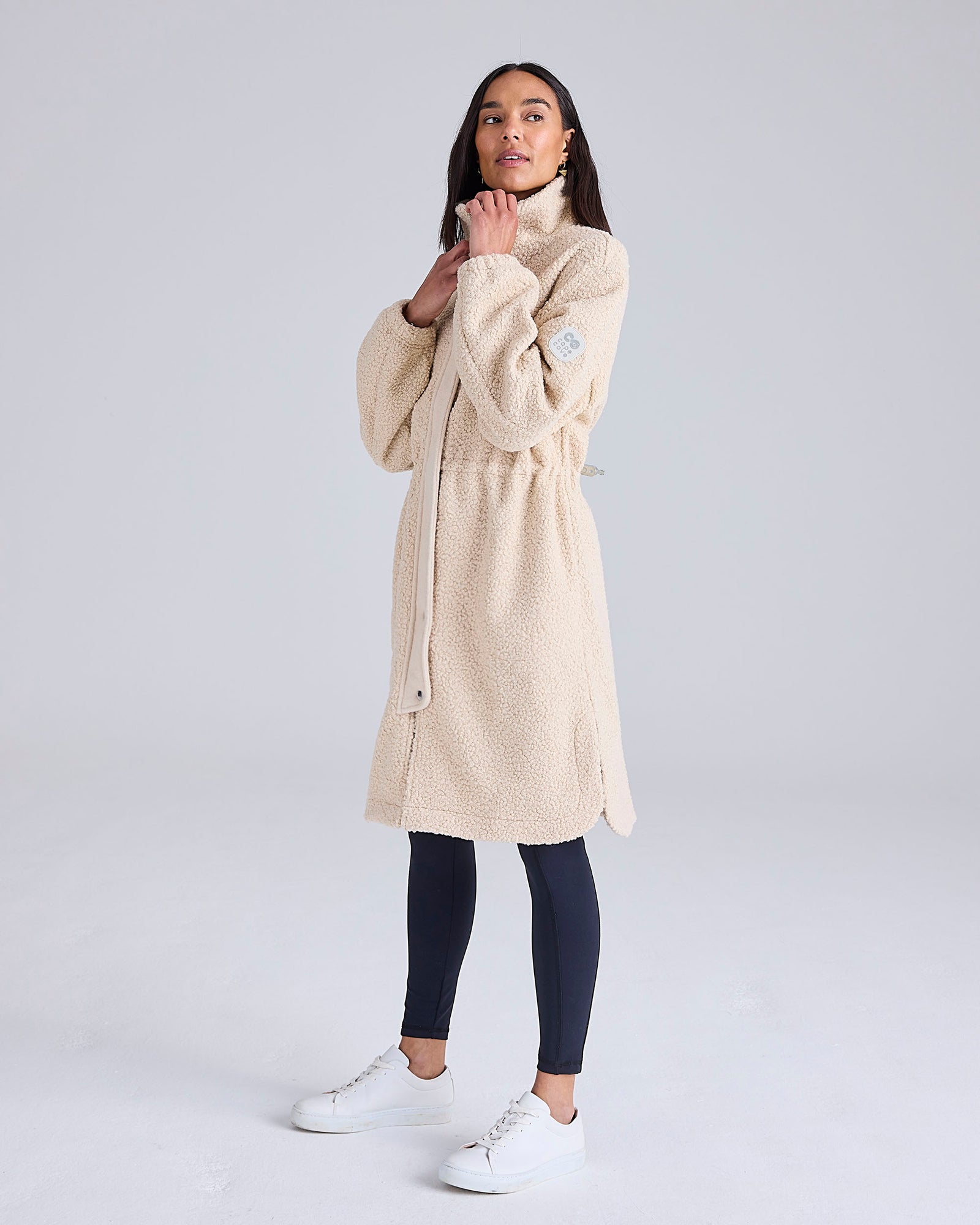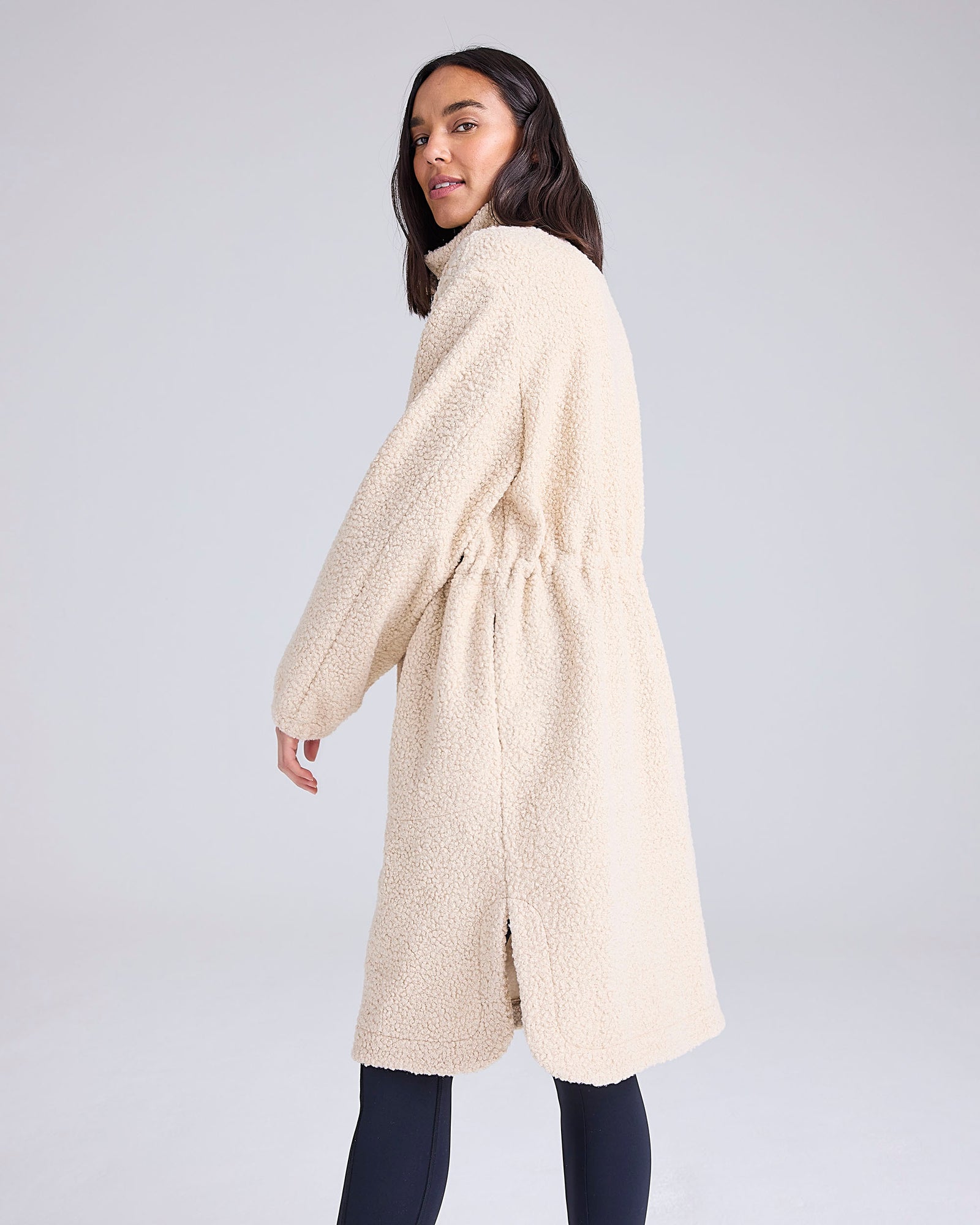A Brief History of Royal Ascot
BY Natasha Bailey ON 09 June, 2025
Royal Ascot is one of the oldest and most esteemed events in British sporting and social culture. It was founded in 1711 by Queen Anne, who identified Ascot Heath in Berkshire as an ideal location for horse racing. The first race, “Her Majesty’s Plate,” took place that year and offered a prize of 100 guineas. Though modest by today’s standards, this race laid the foundation for what would become a grand and enduring tradition.
The event quickly became popular with the aristocracy, and royal patronage has remained a defining feature ever since.
King George IV formalised the connection between the monarchy and Ascot by introducing the Royal Enclosure in 1820, a private viewing area reserved for guests personally invited by the sovereign. In 1825, the Royal Procession was introduced, with King George IV arriving in a horse‑drawn carriage, a tradition that continues to mark the beginning of each day at Royal Ascot.
The Victorian era further elevated the prestige of the event. With Queen Victoria’s frequent attendance, Royal Ascot became not only a sporting highlight but a key date in the social calendar. The course and facilities were gradually expanded, and the meeting evolved to feature more prestigious races, including the Gold Cup, first run in 1807, which remains one of the most significant fixtures of the week.
Fashion has always played a central role in the Ascot experience. In the early 19th century, the tone for men’s fashion was set with immaculate dress, including waistcoats, neckties, and polished boots. This dress code became the standard for the Royal Enclosure and endures today, with men still expected to wear a black or grey morning suit and top hat.
Women’s fashion at Royal Ascot has evolved with the times but continues to reflect tradition. During the Edwardian era, Ascot became synonymous with extravagant hats and refined tailoring. Today, creativity is encouraged within formal guidelines, preserving the event’s reputation for excellence.
Royal Ascot today draws crowds of more than 300,000 over five days each June. It features 35 races, eight of them Group 1 contests, and attracts the finest horses, jockeys, trainers, and global media coverage.
Fashion remains at the heart of the event, guided by a periodically refreshed lookbook and the influence of young creative directors aiming to maintain tradition while appealing to new audiences. Royal Ascot’s dress codes celebrate heritage while guiding guests through a timeless display of elegance. They emphasise respect for tradition, ensure visual harmony, and allow subtle creativity, all within a framework that makes it one of the world’s most stylish and revered sporting occasions.

